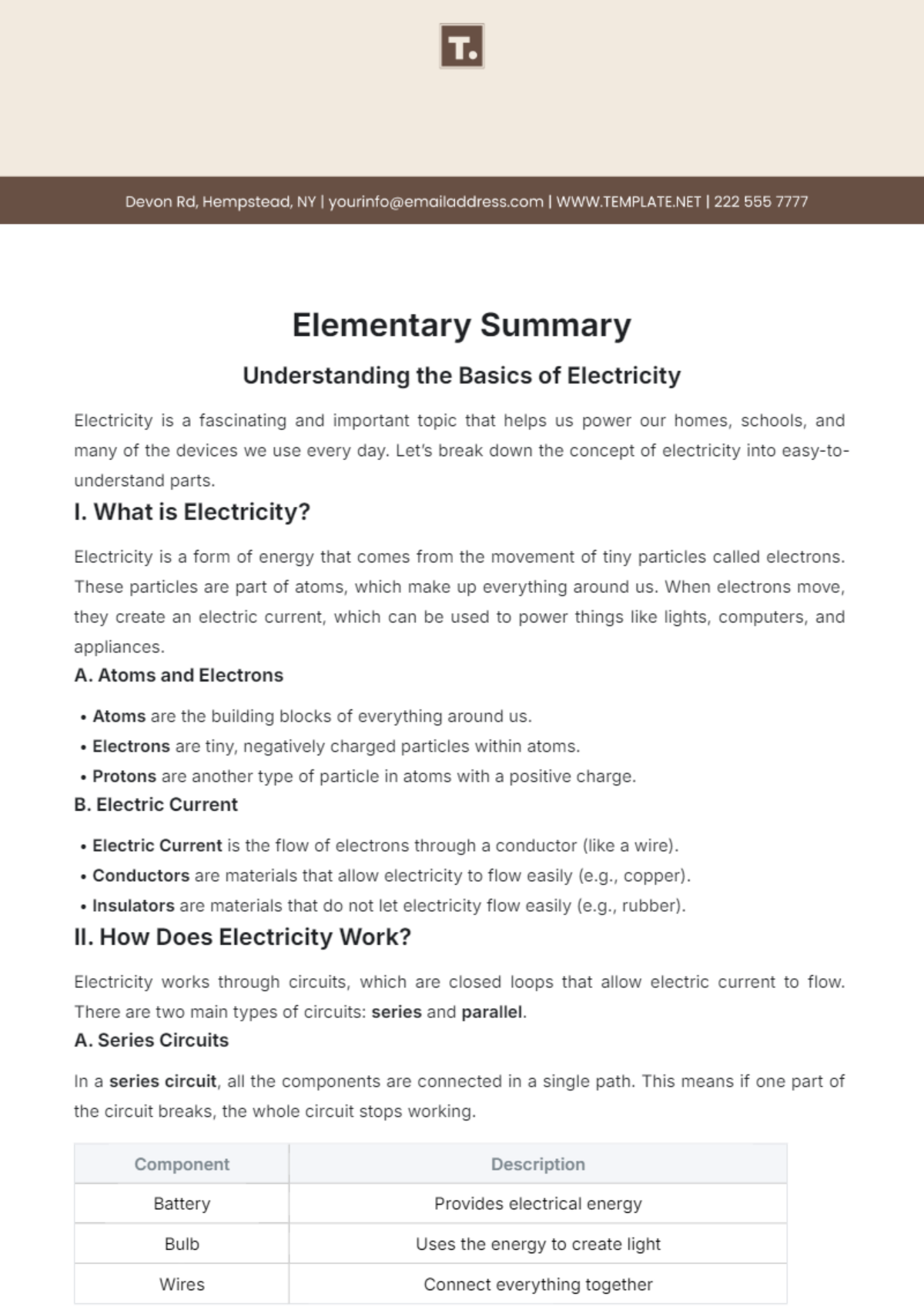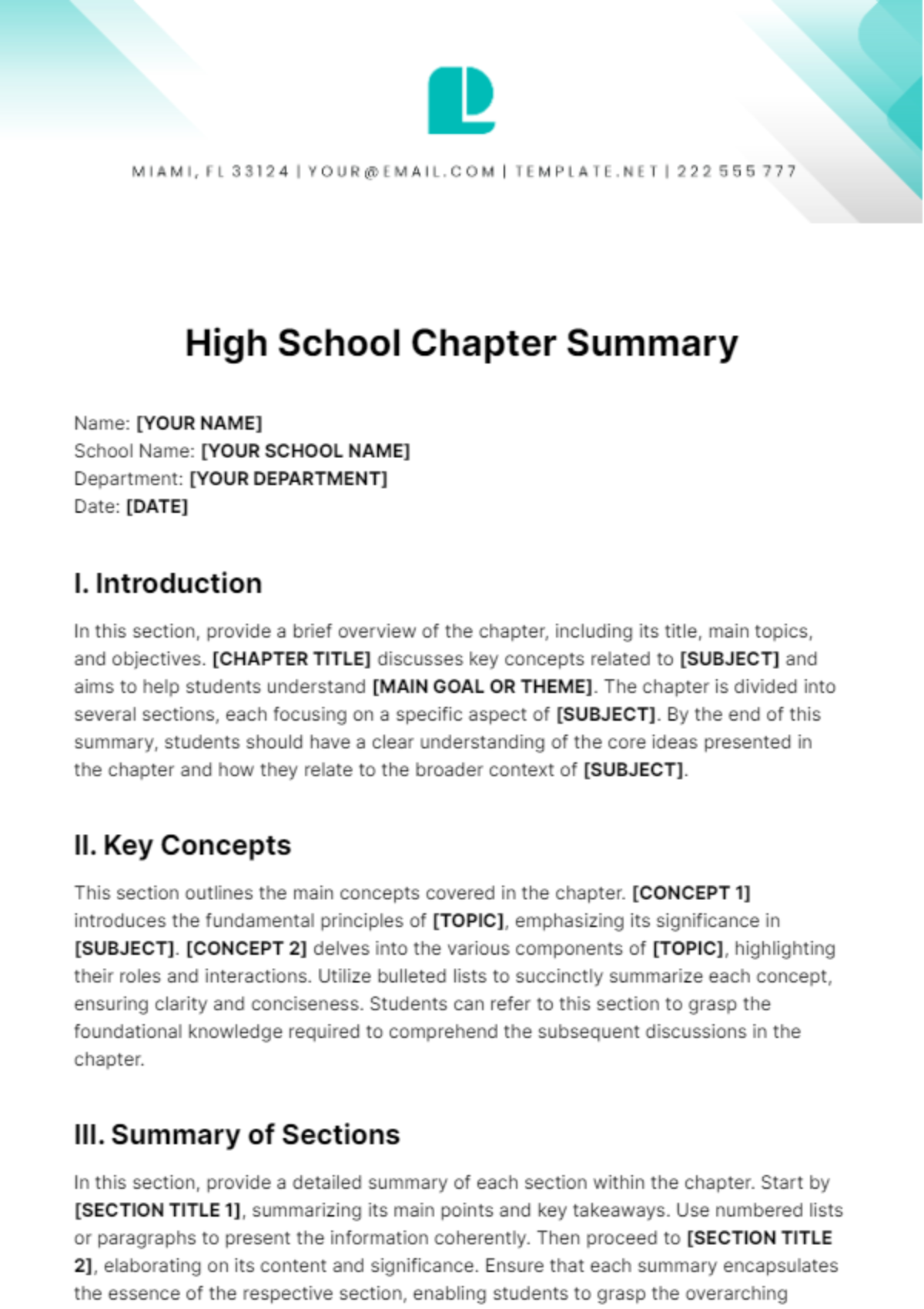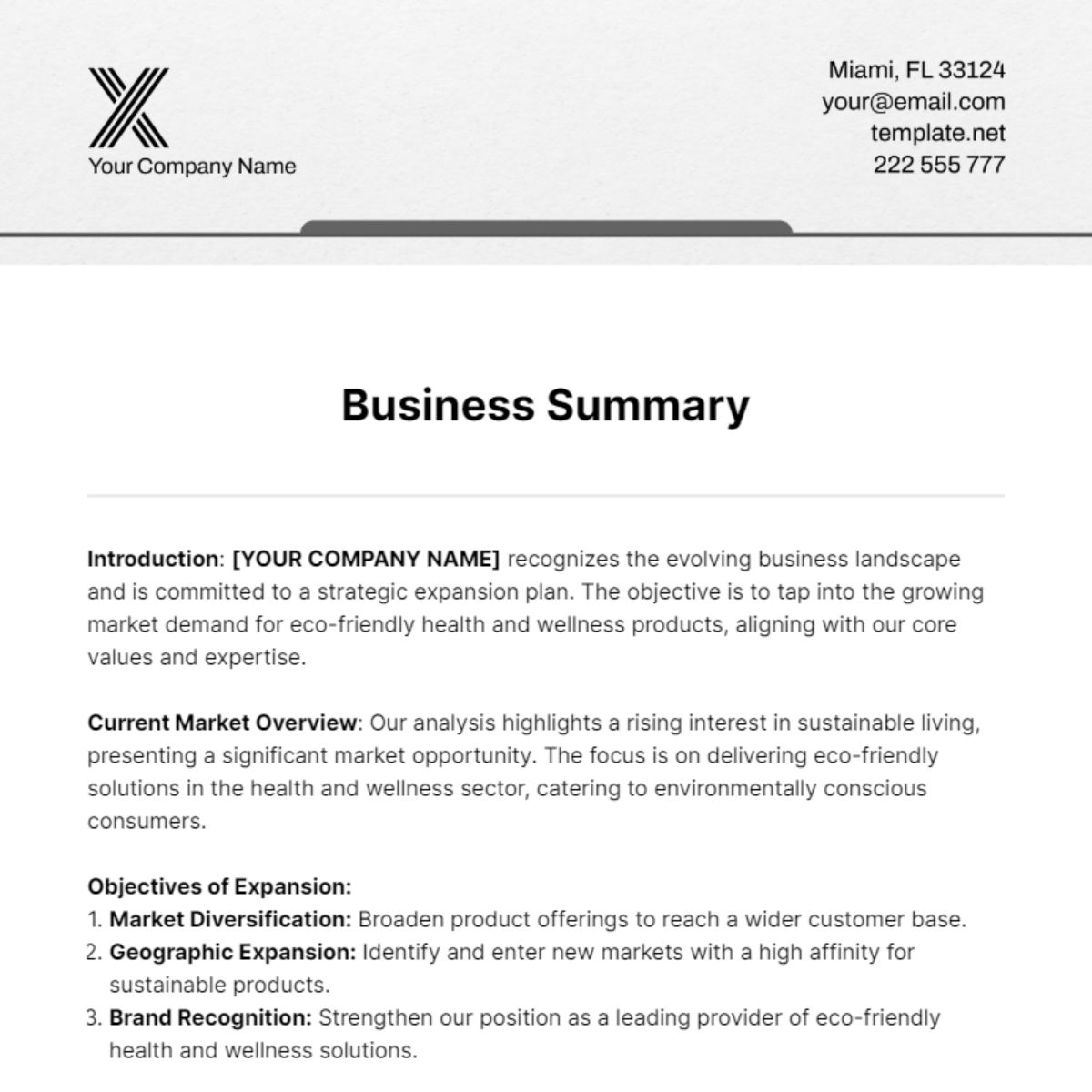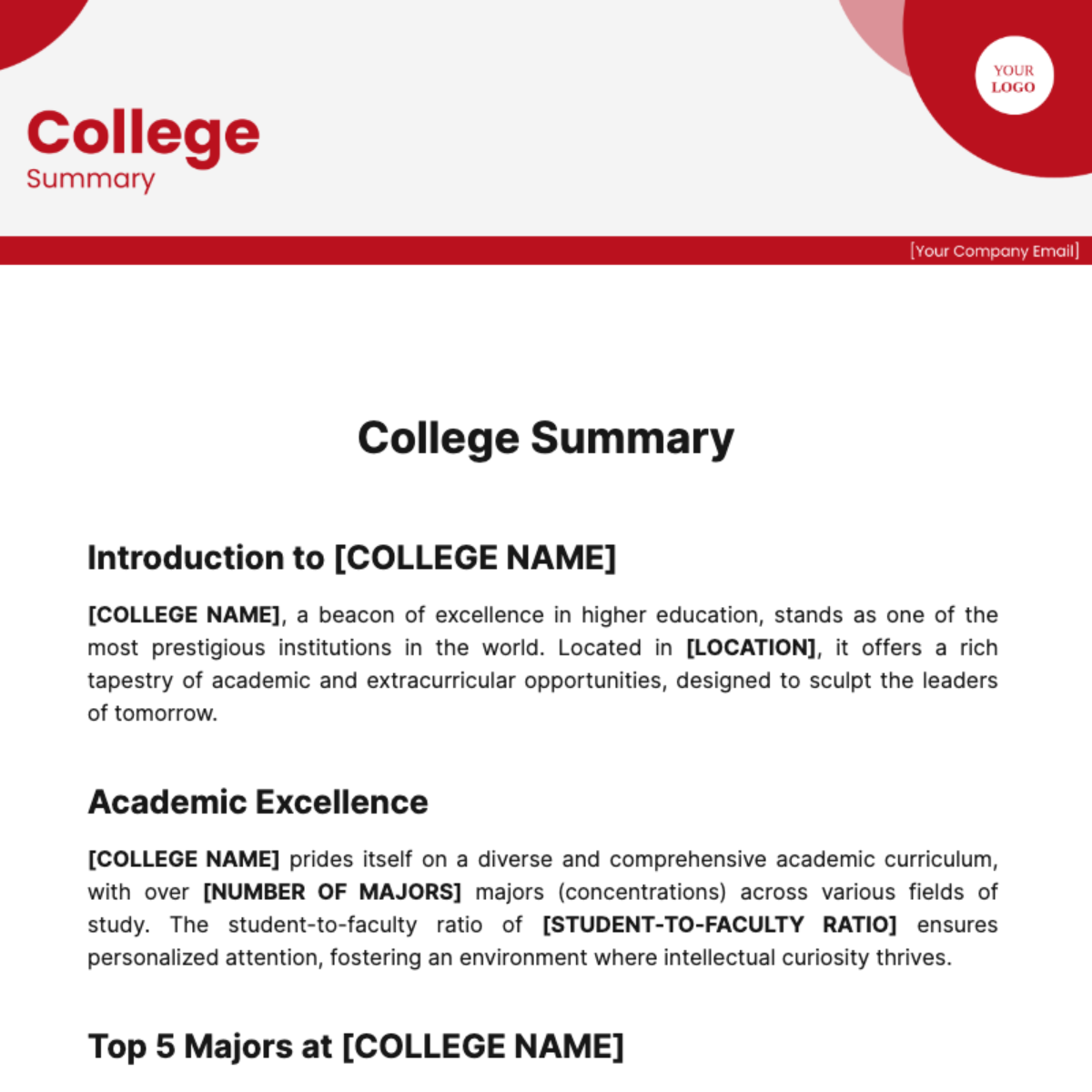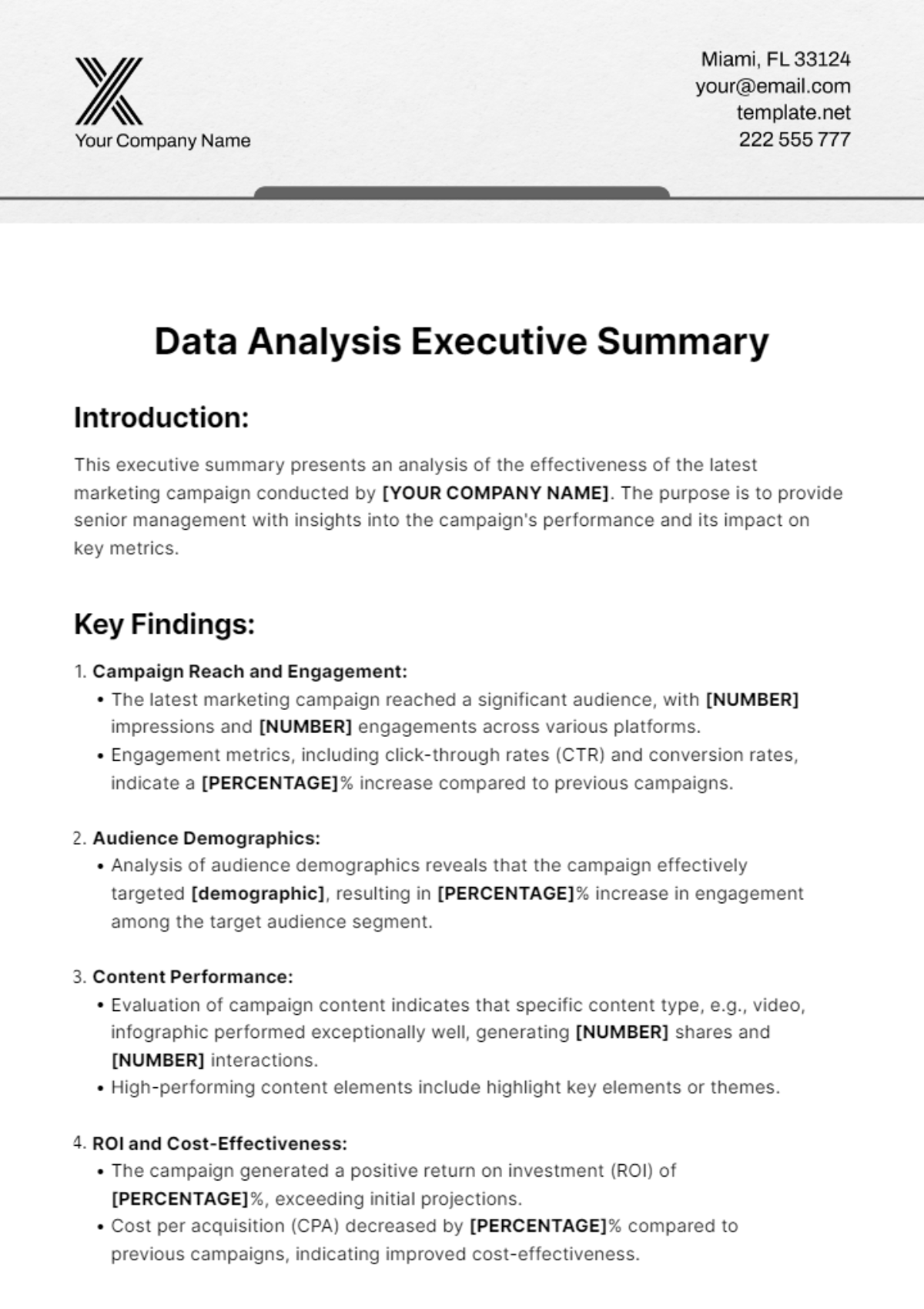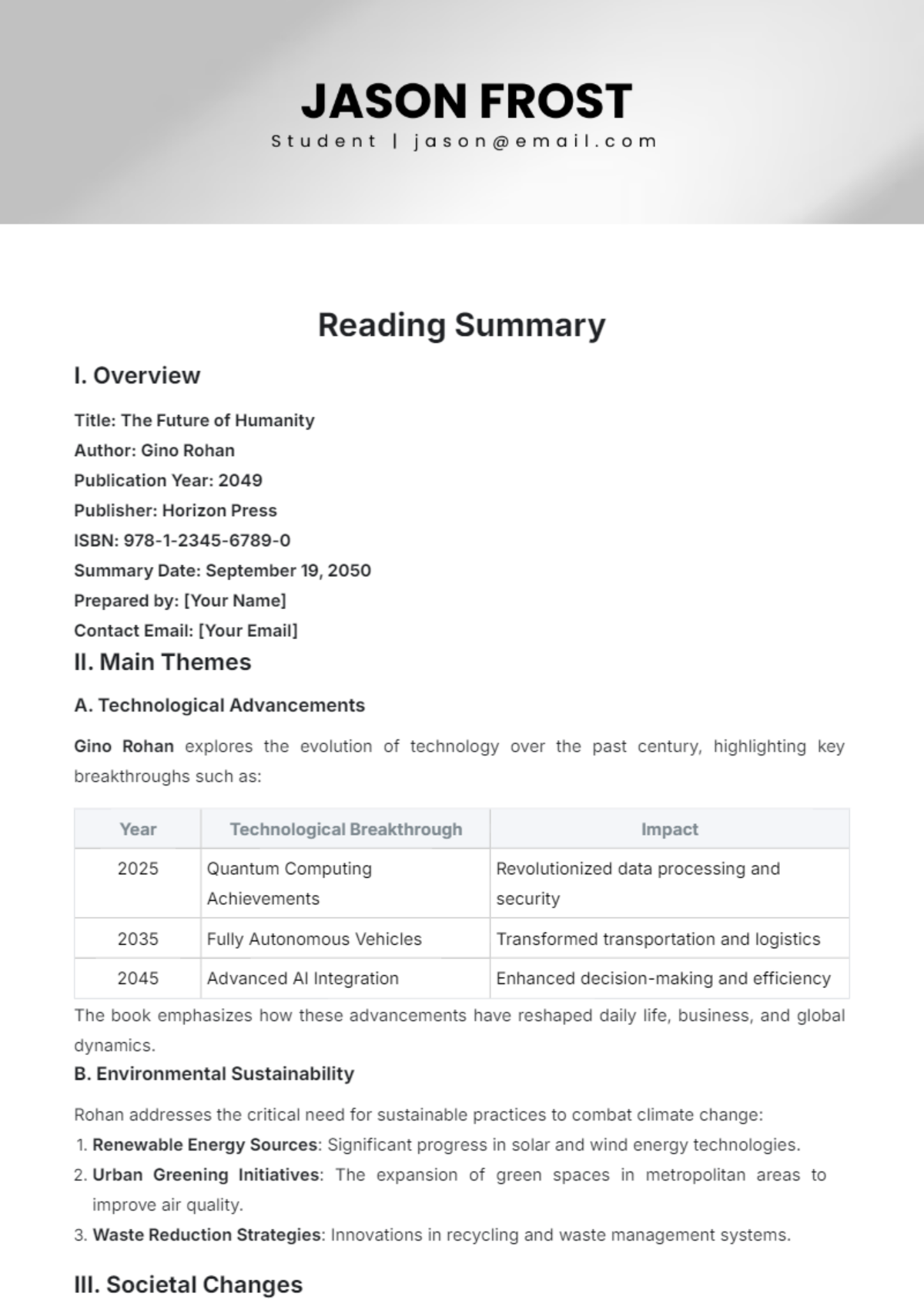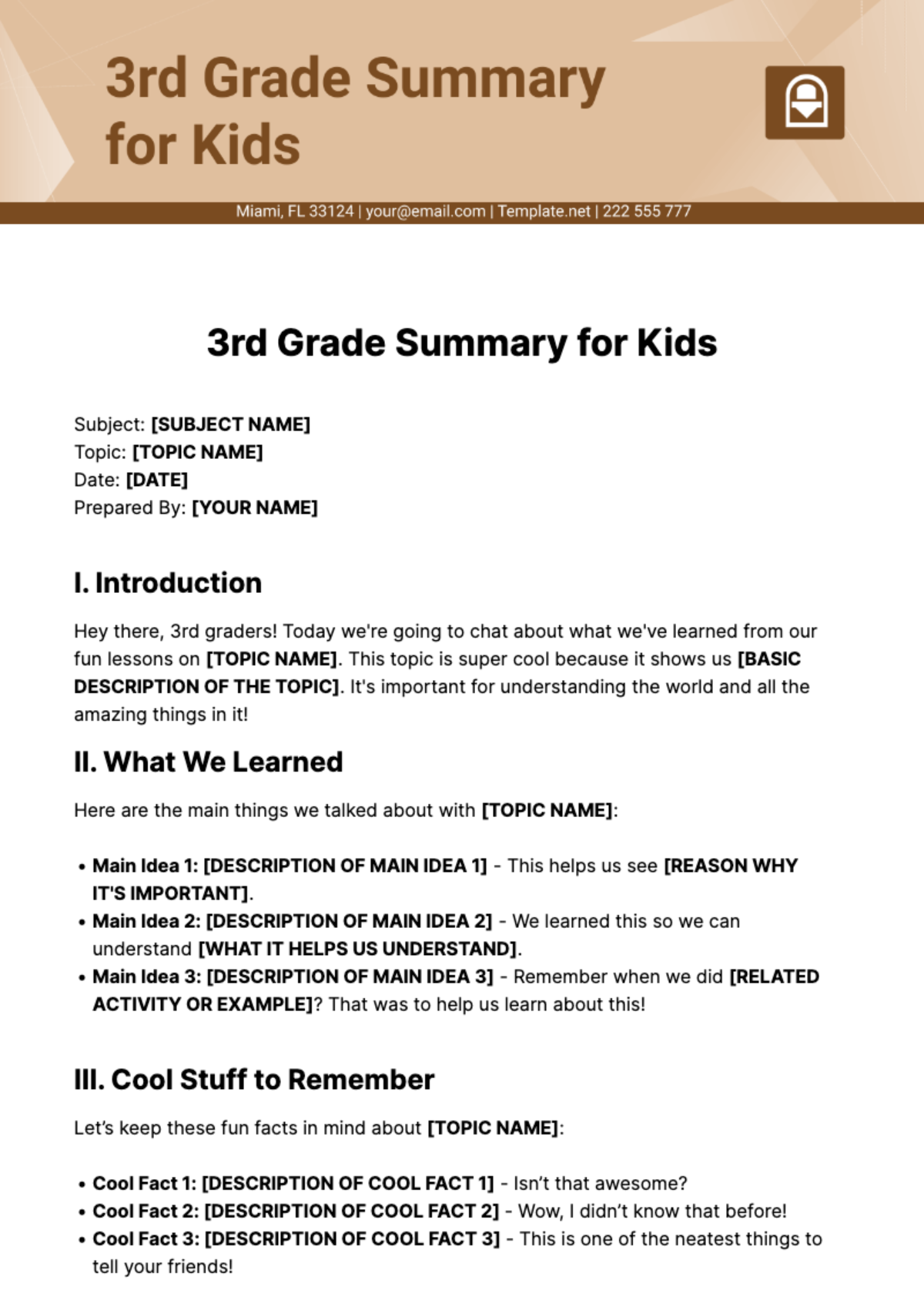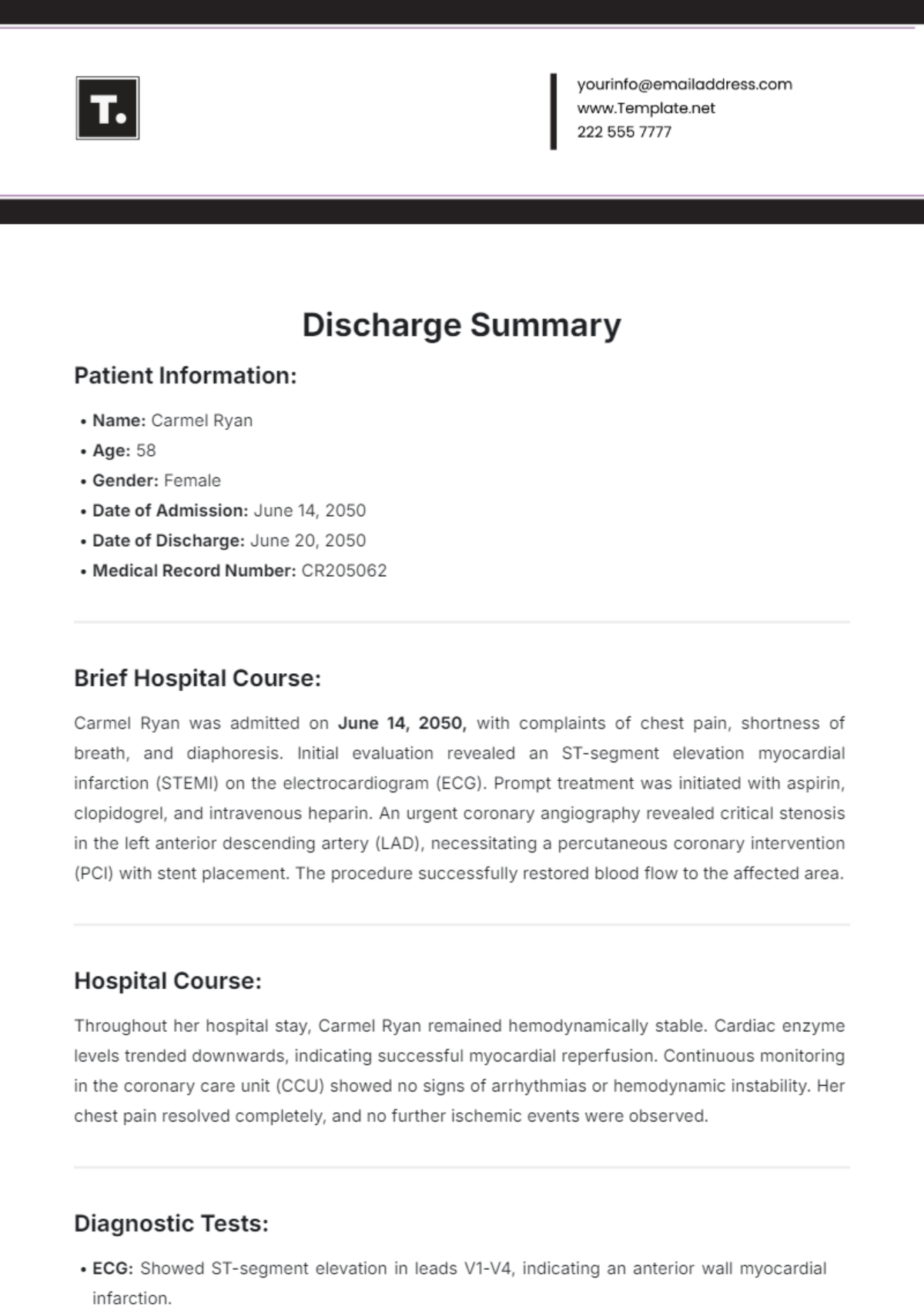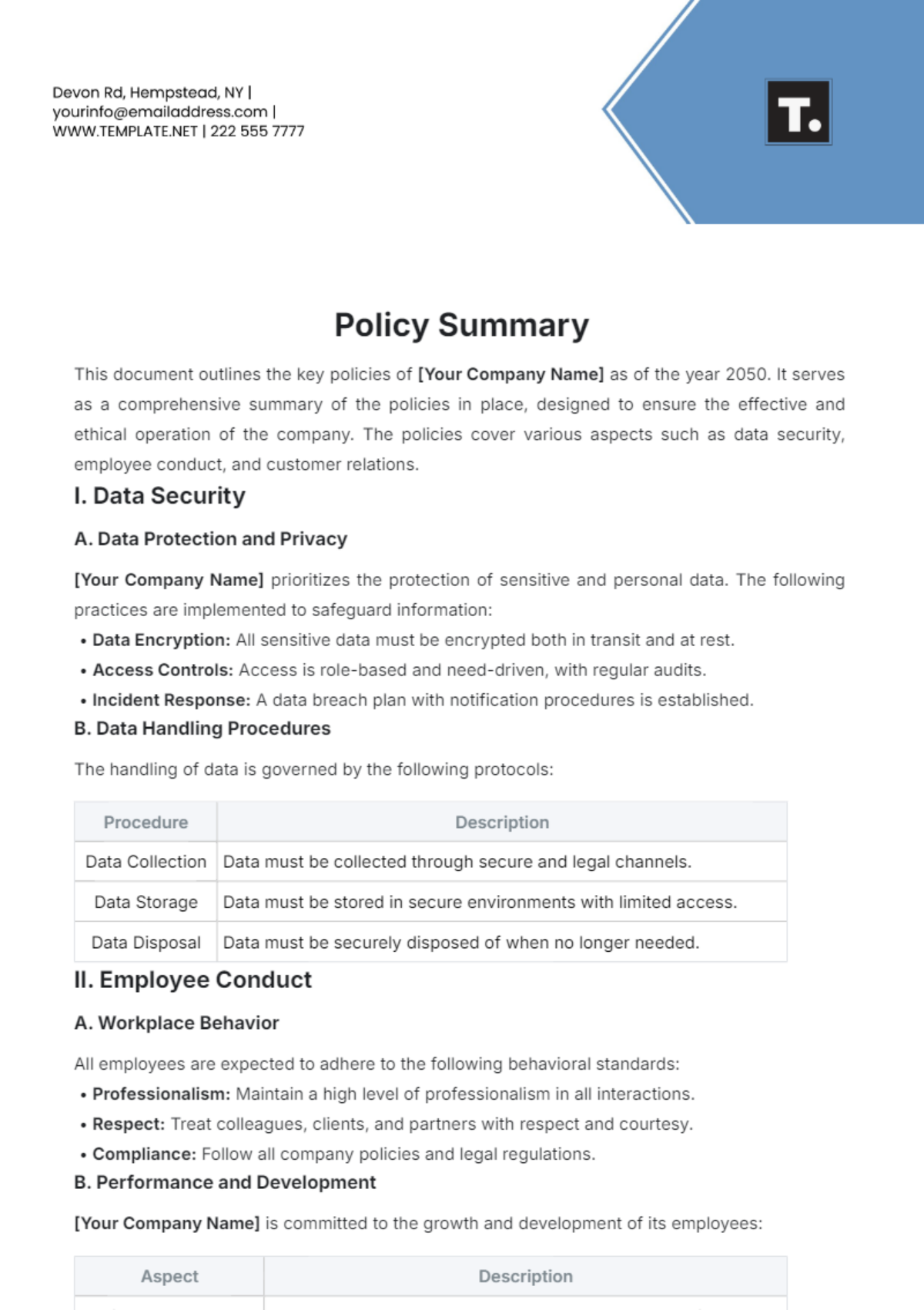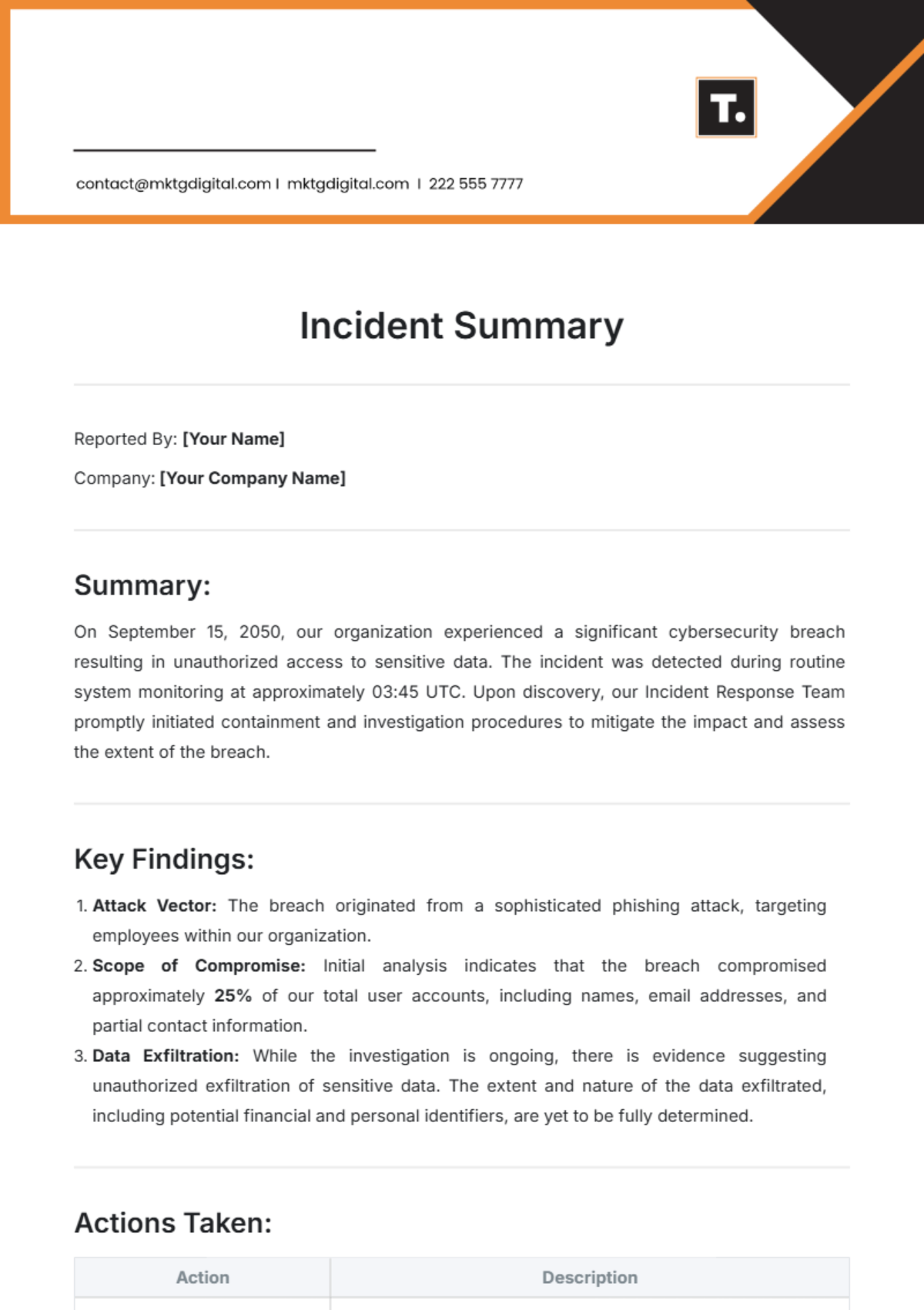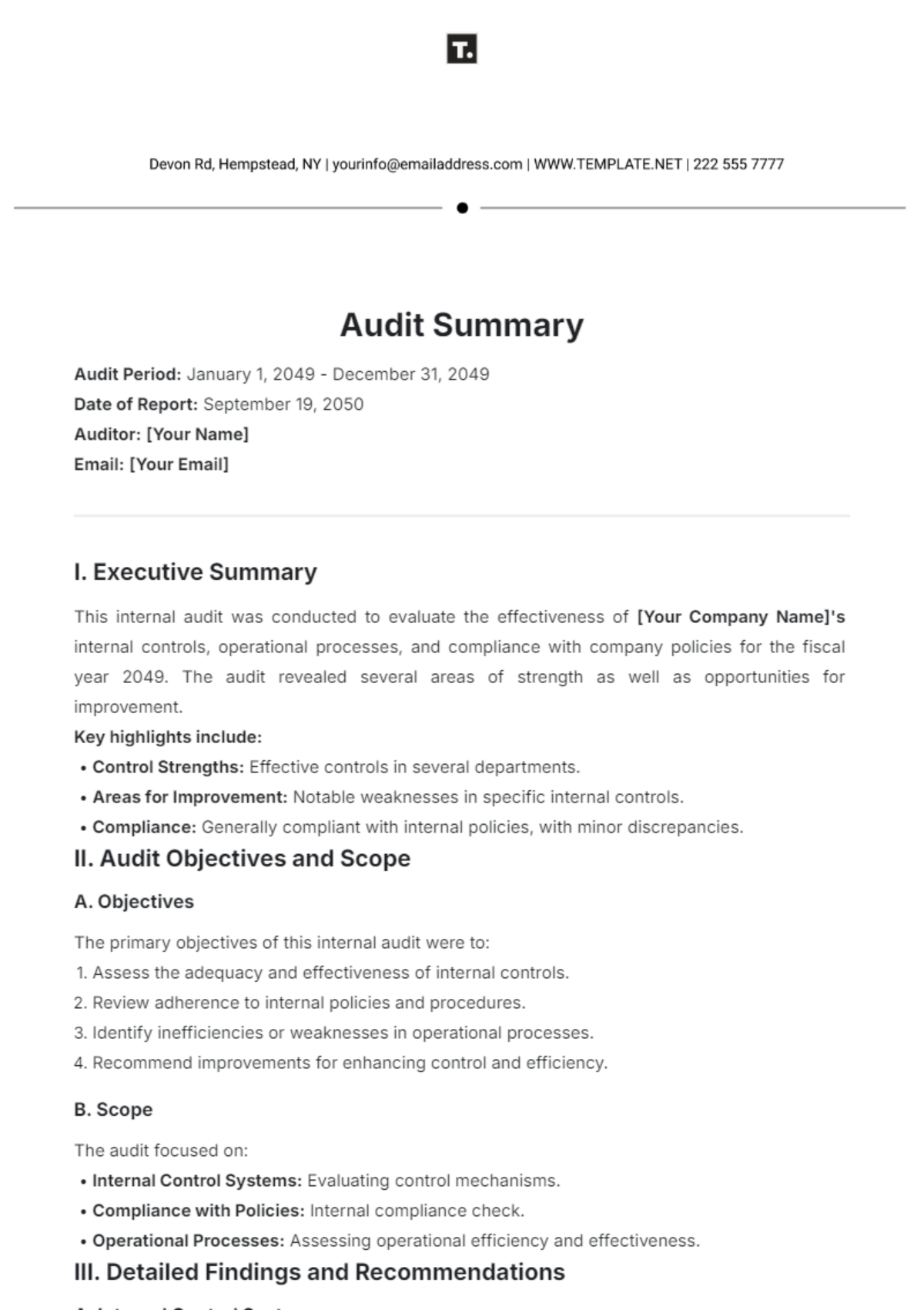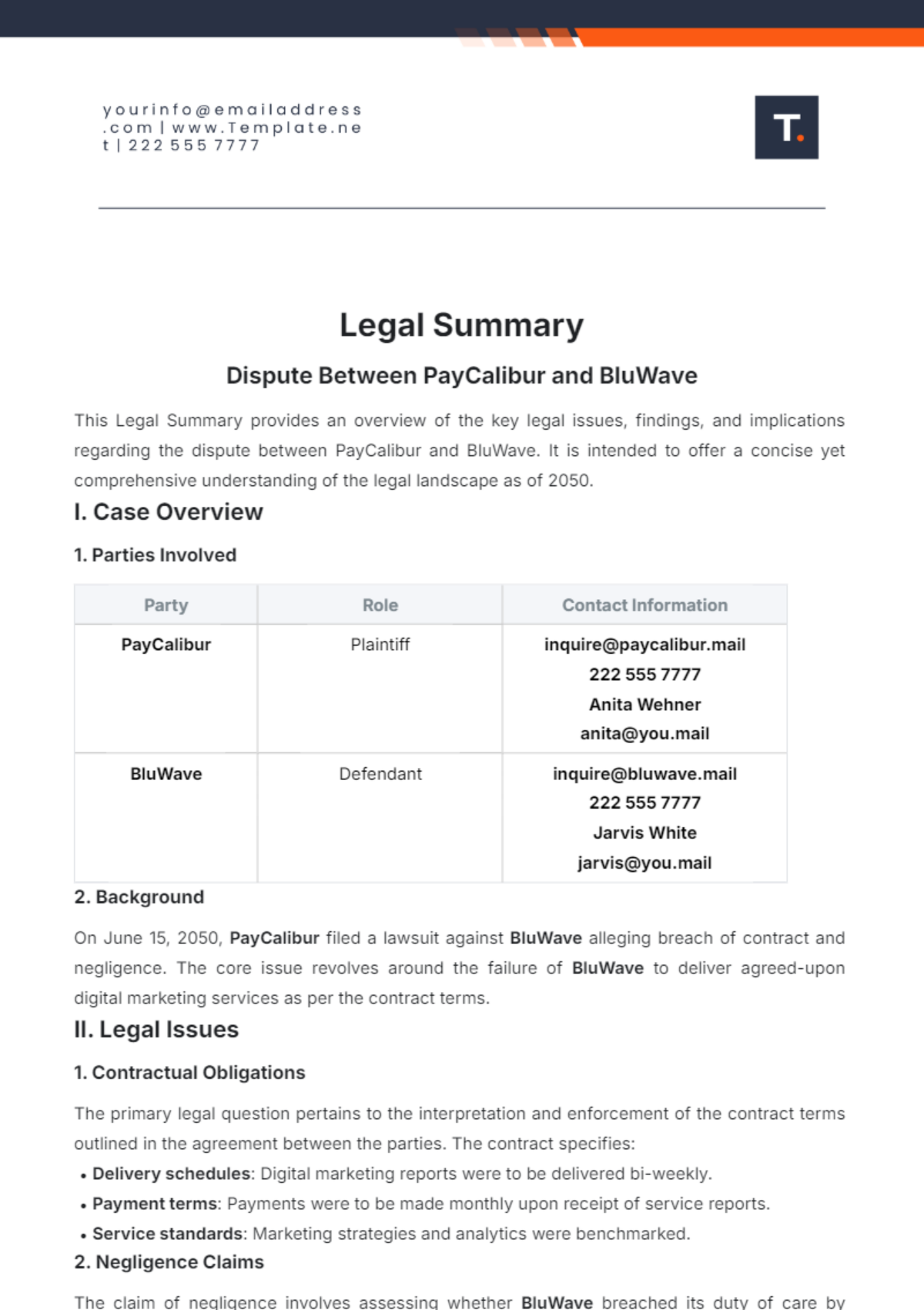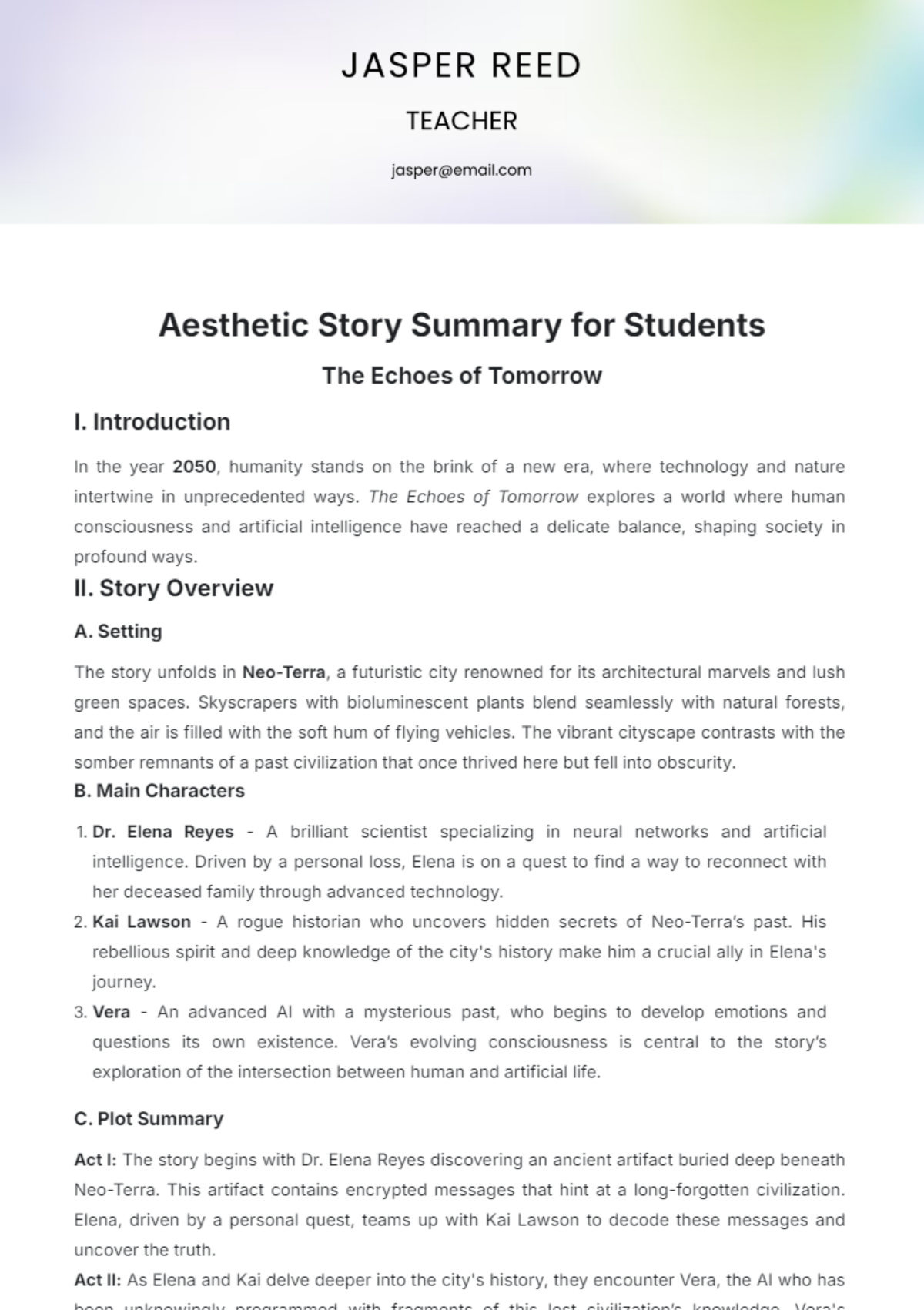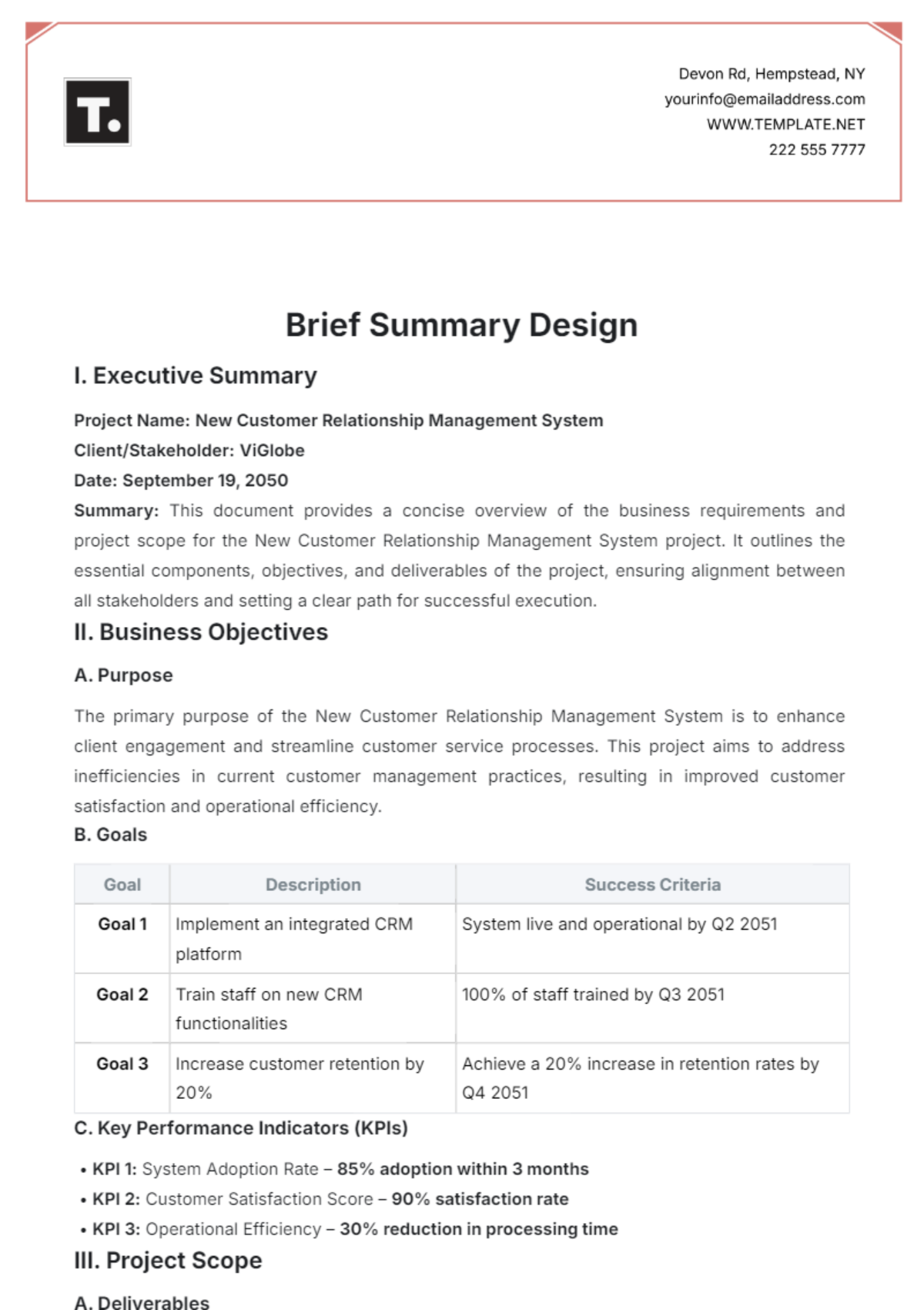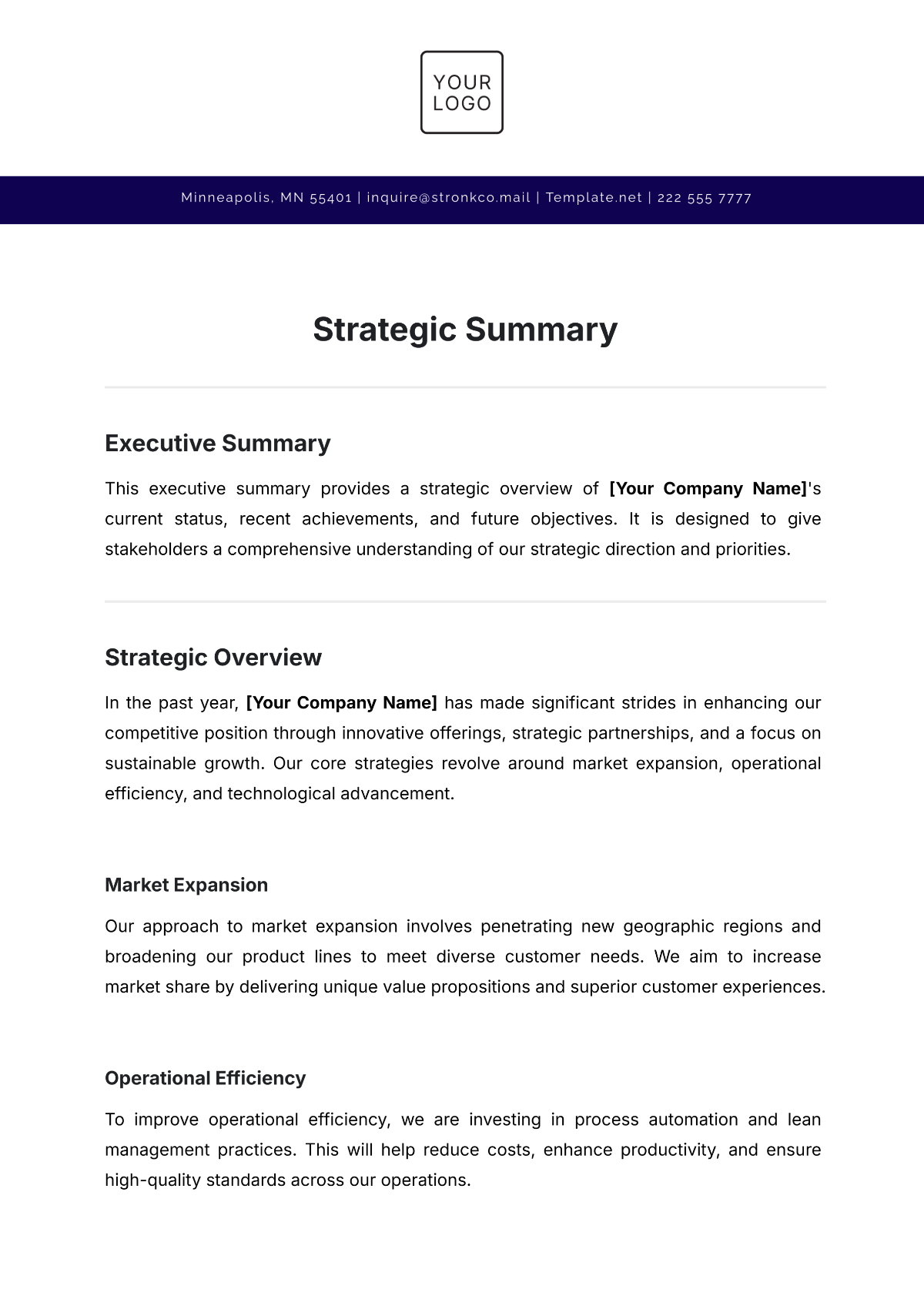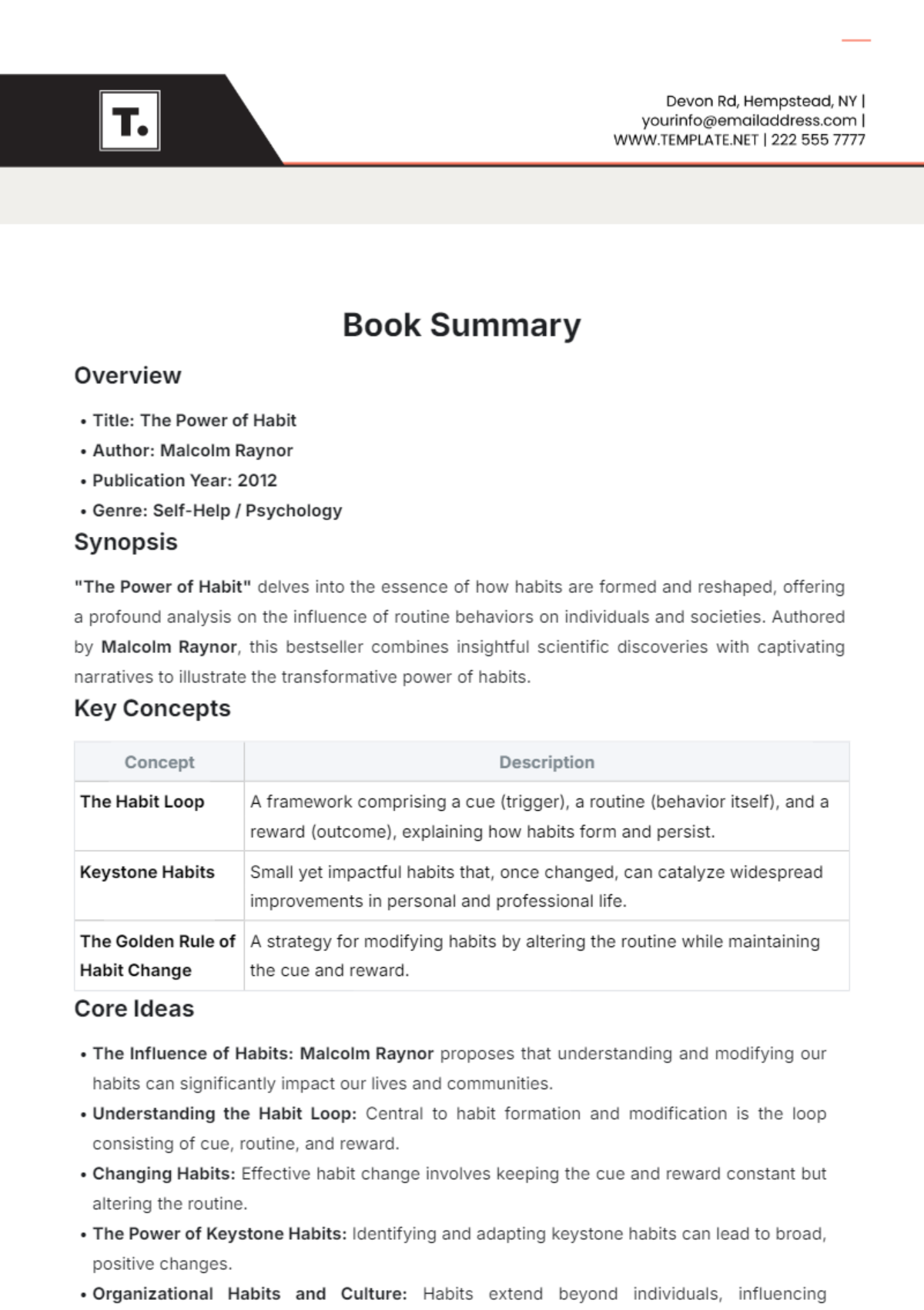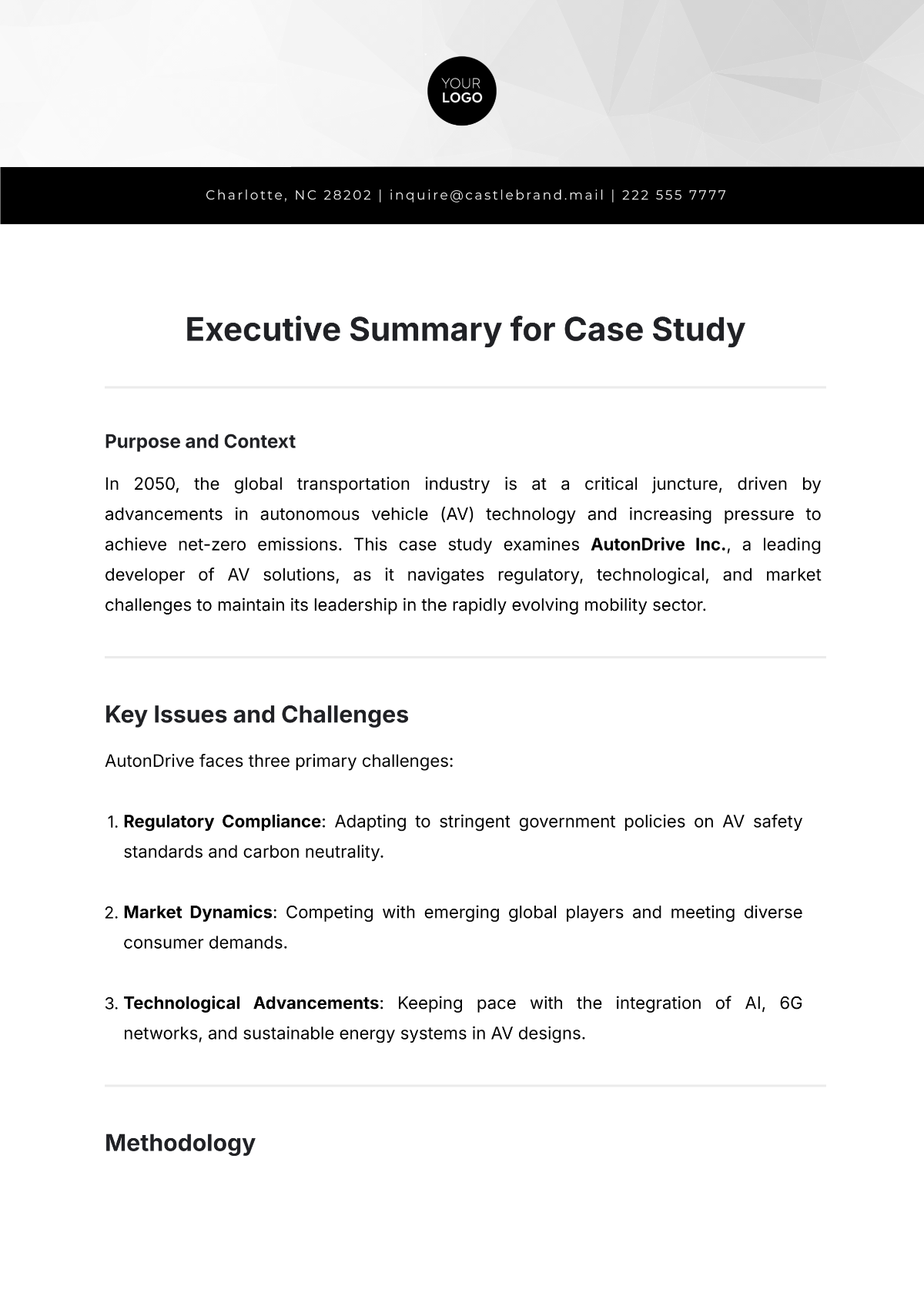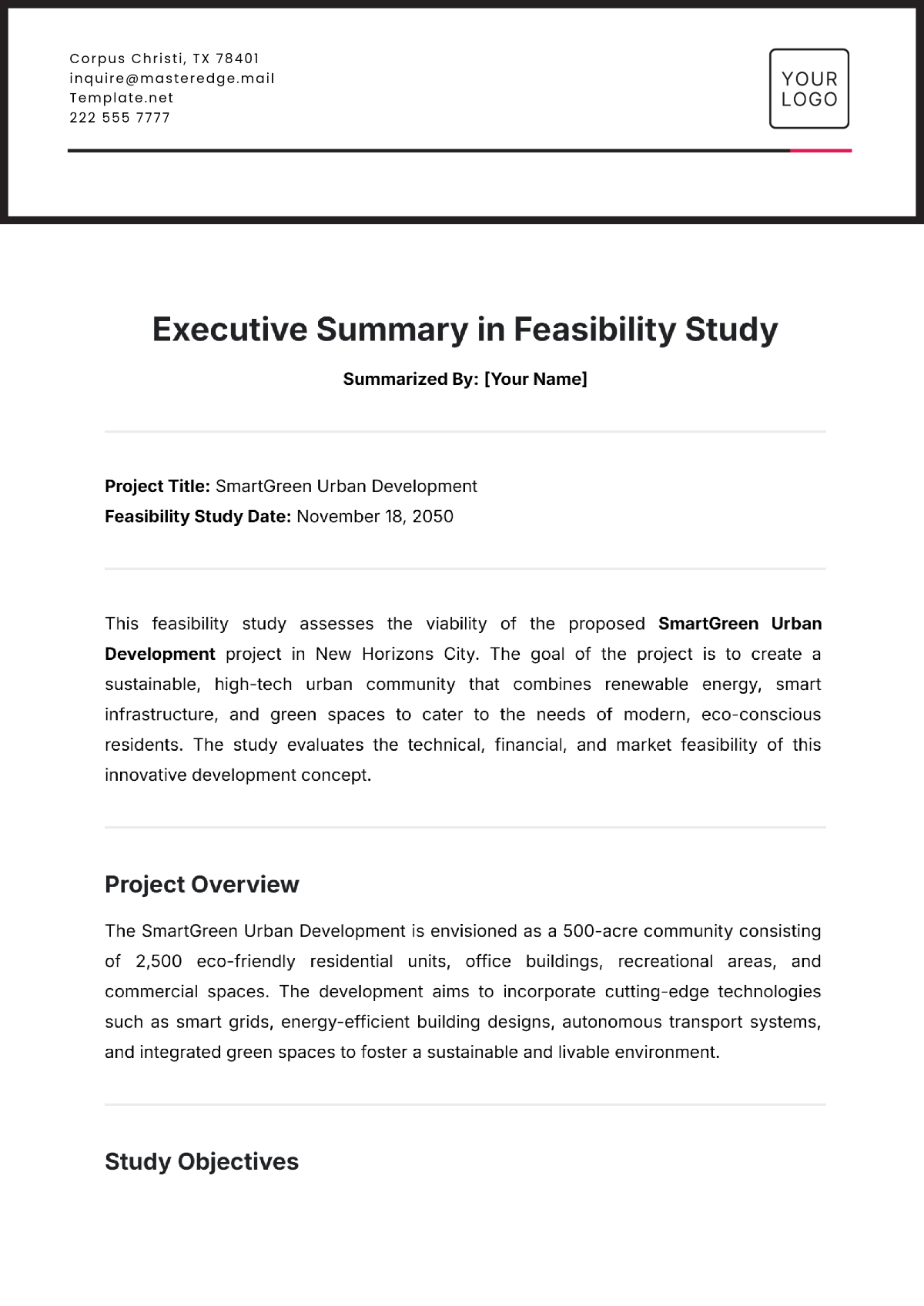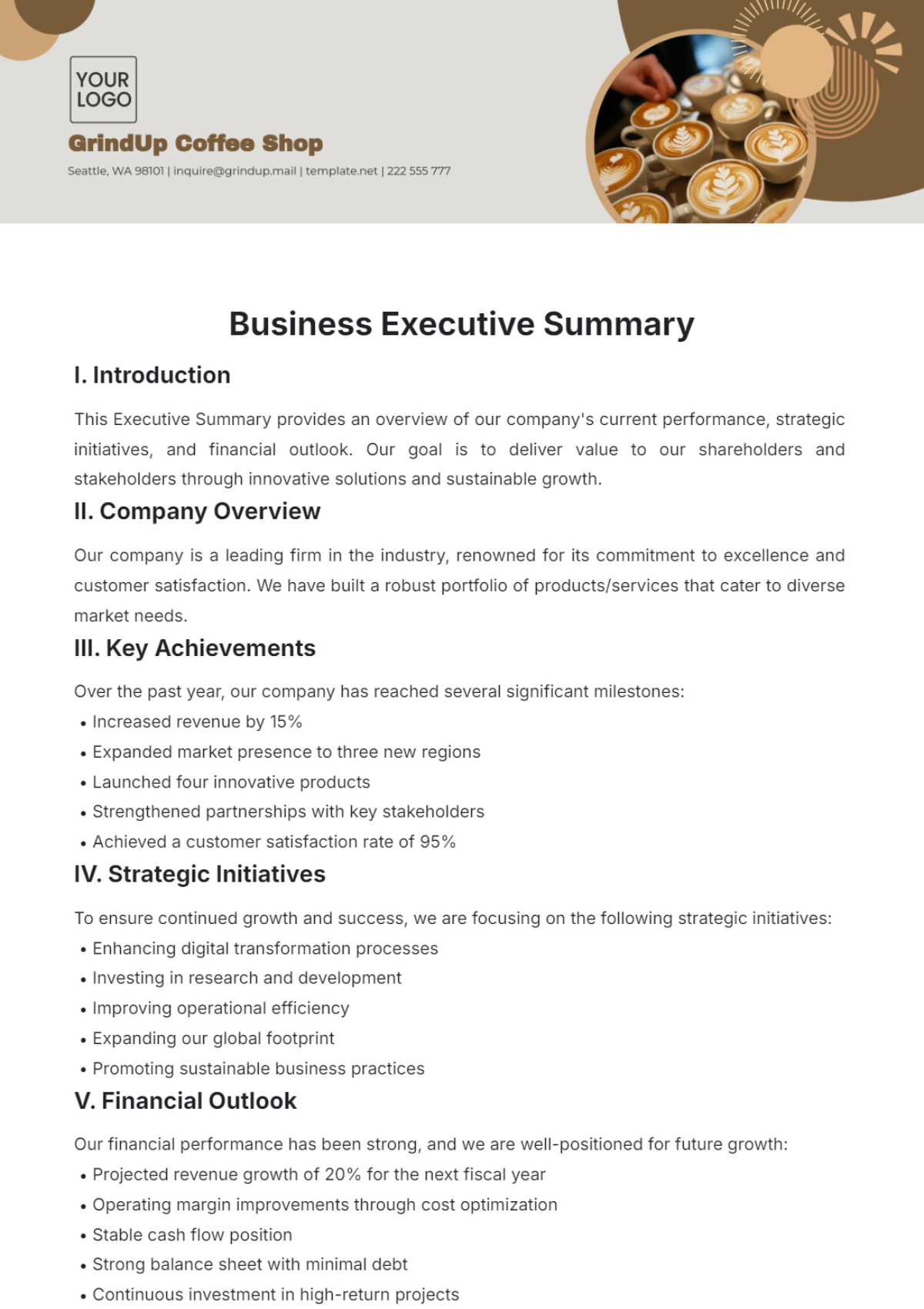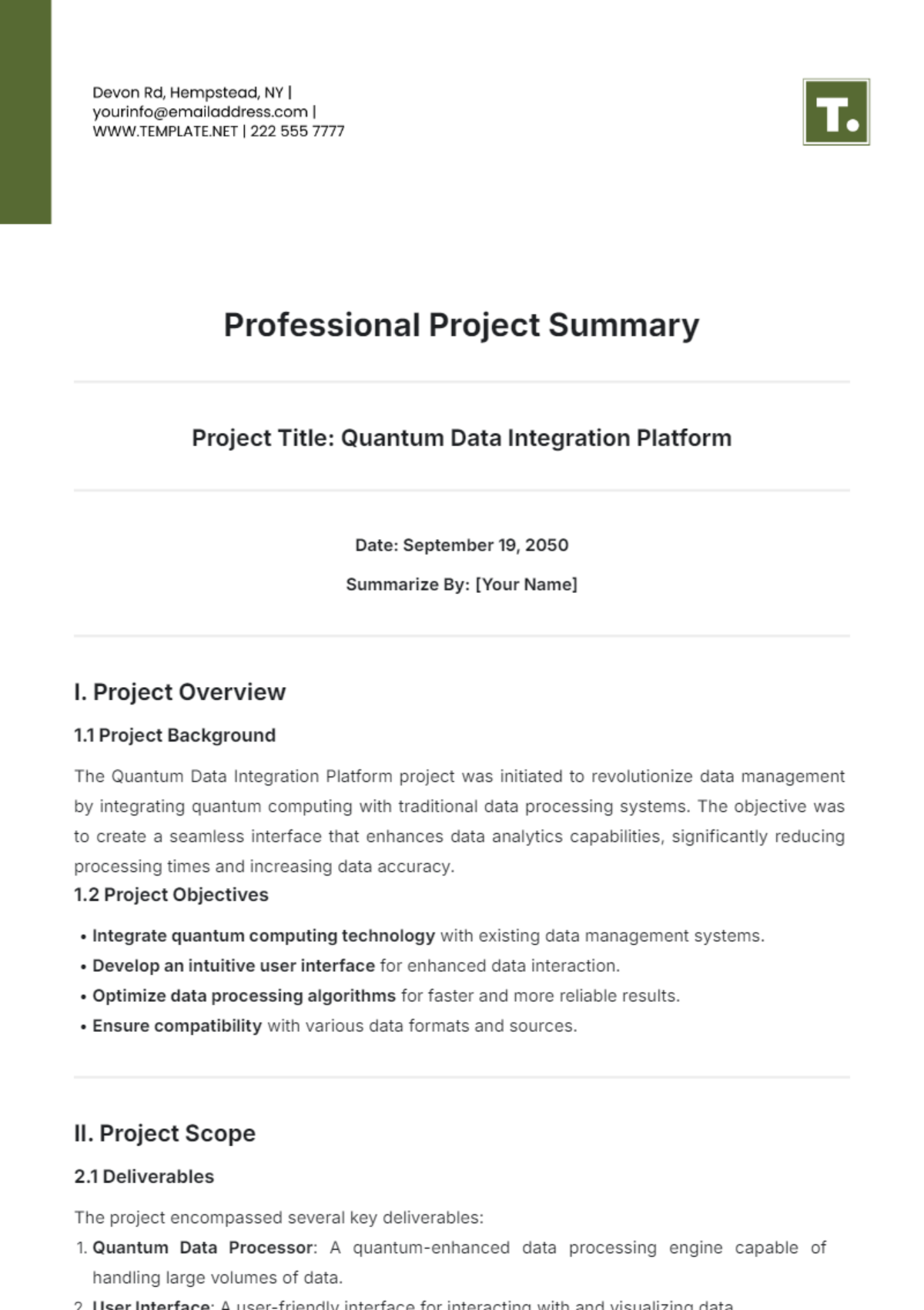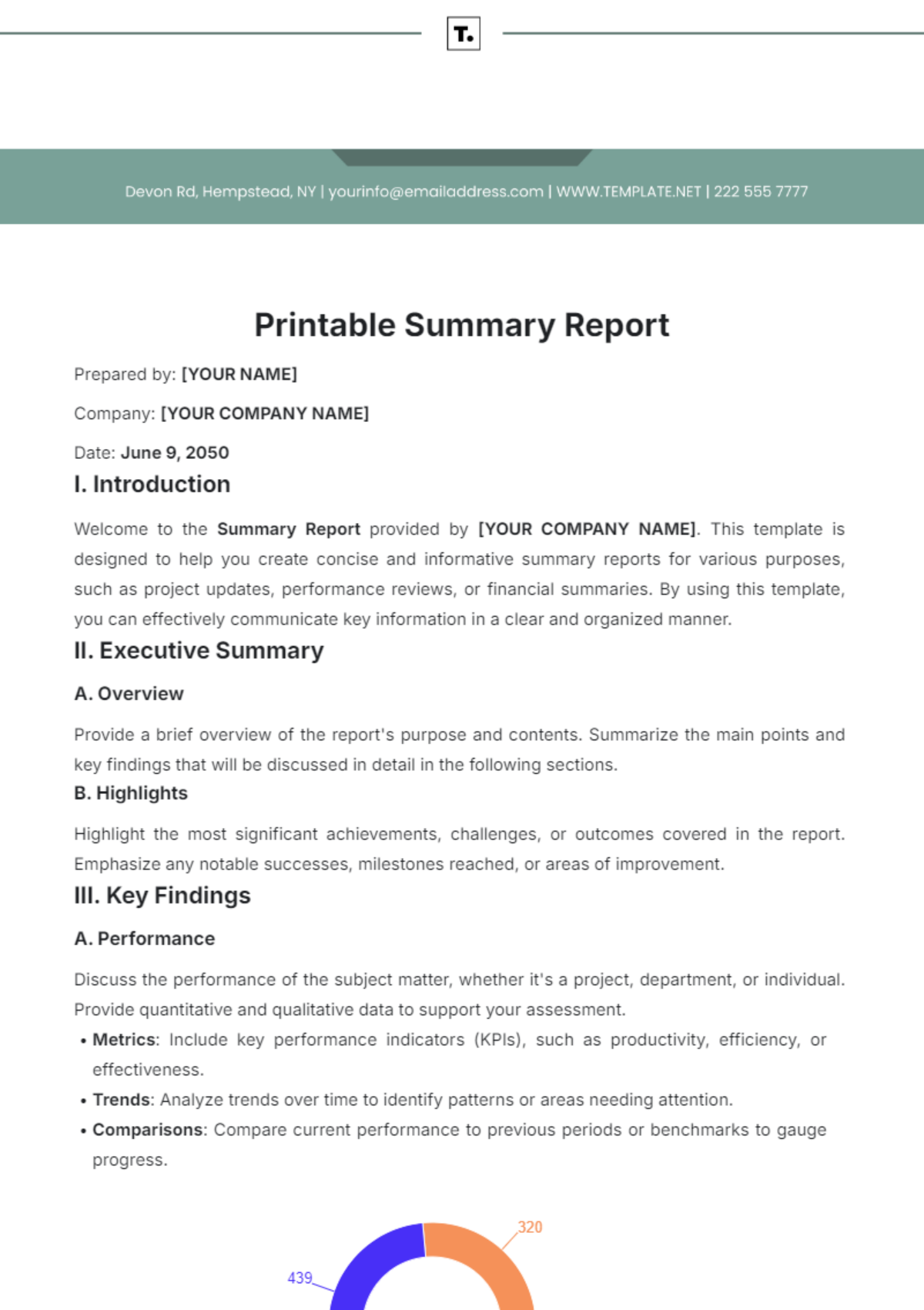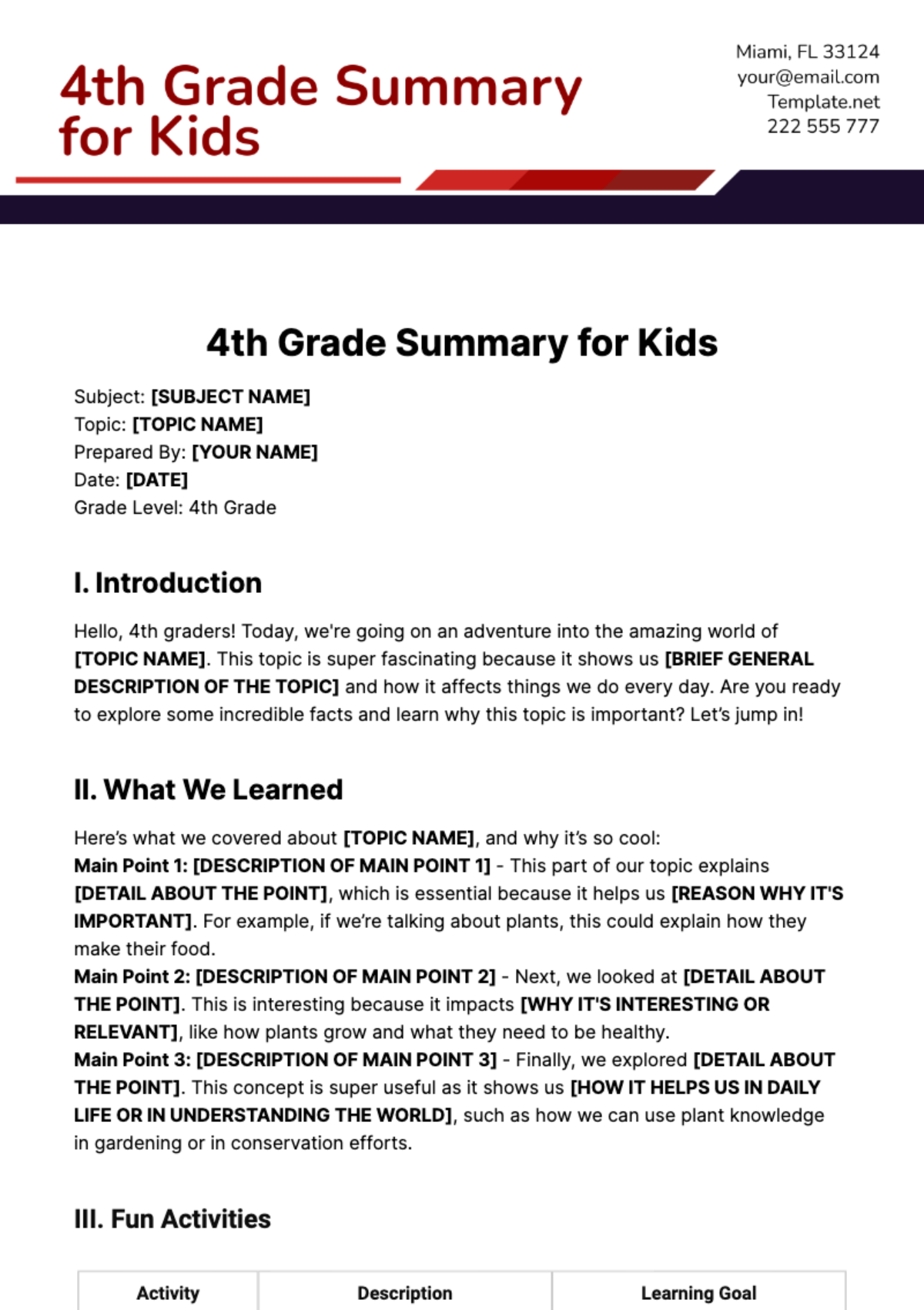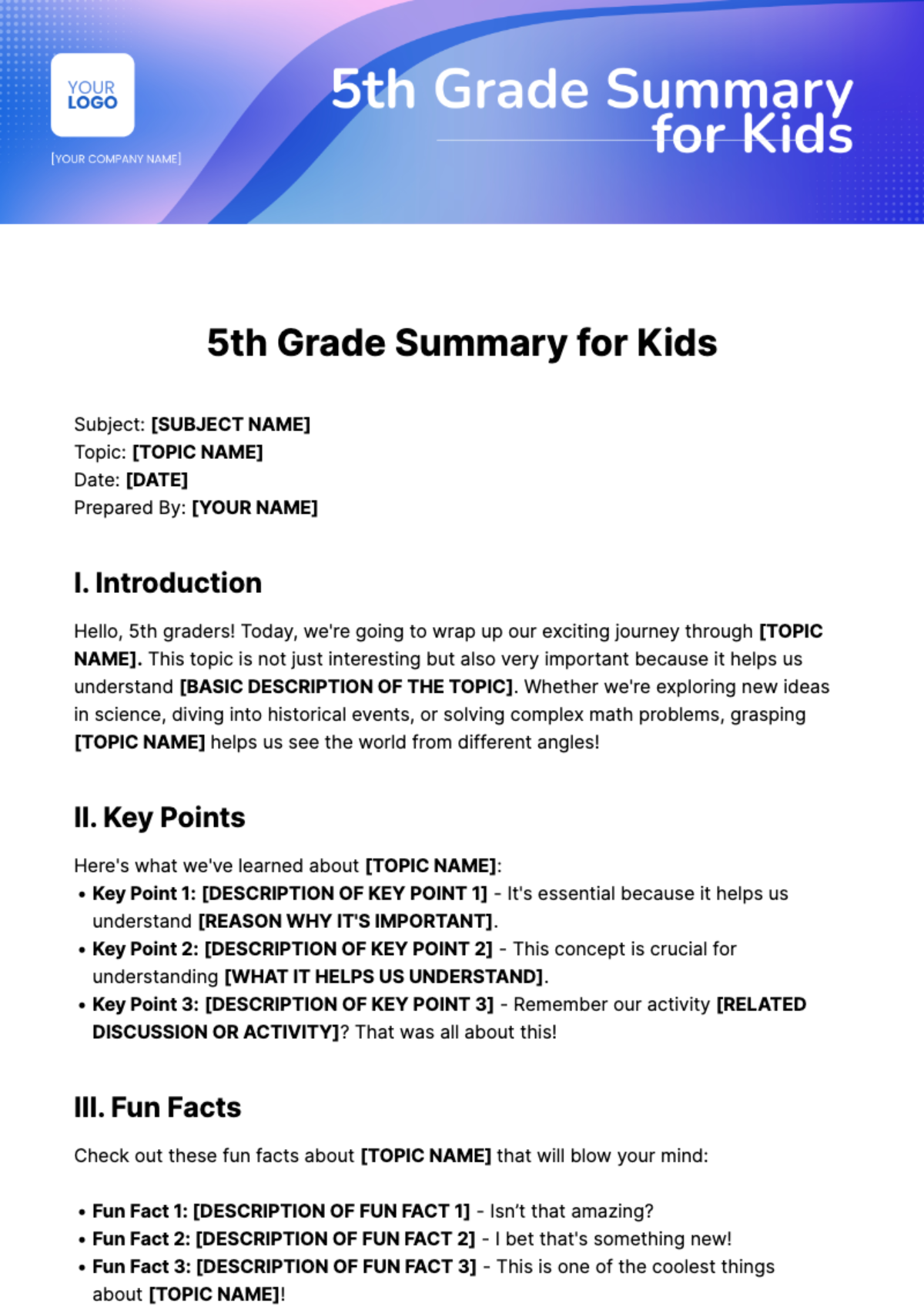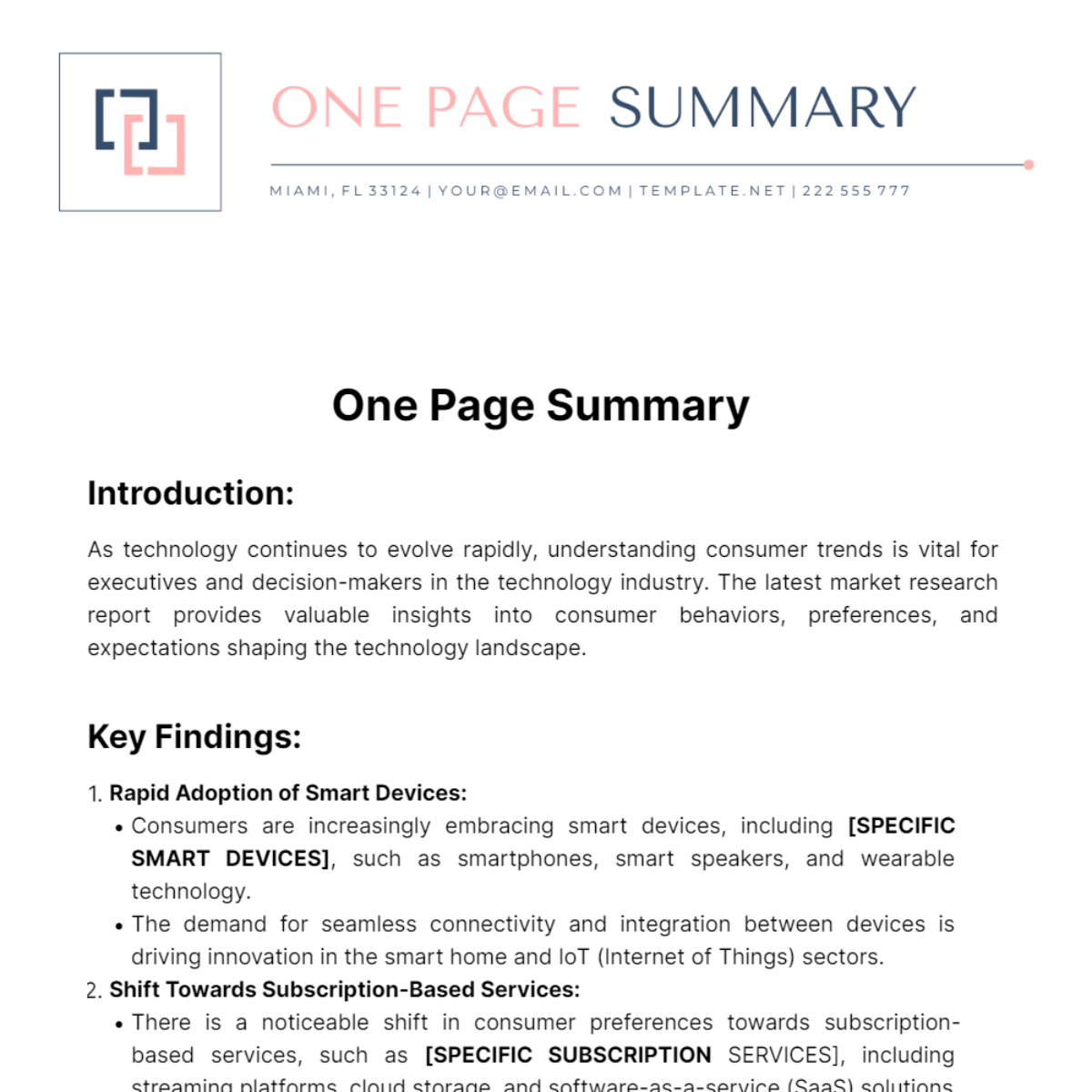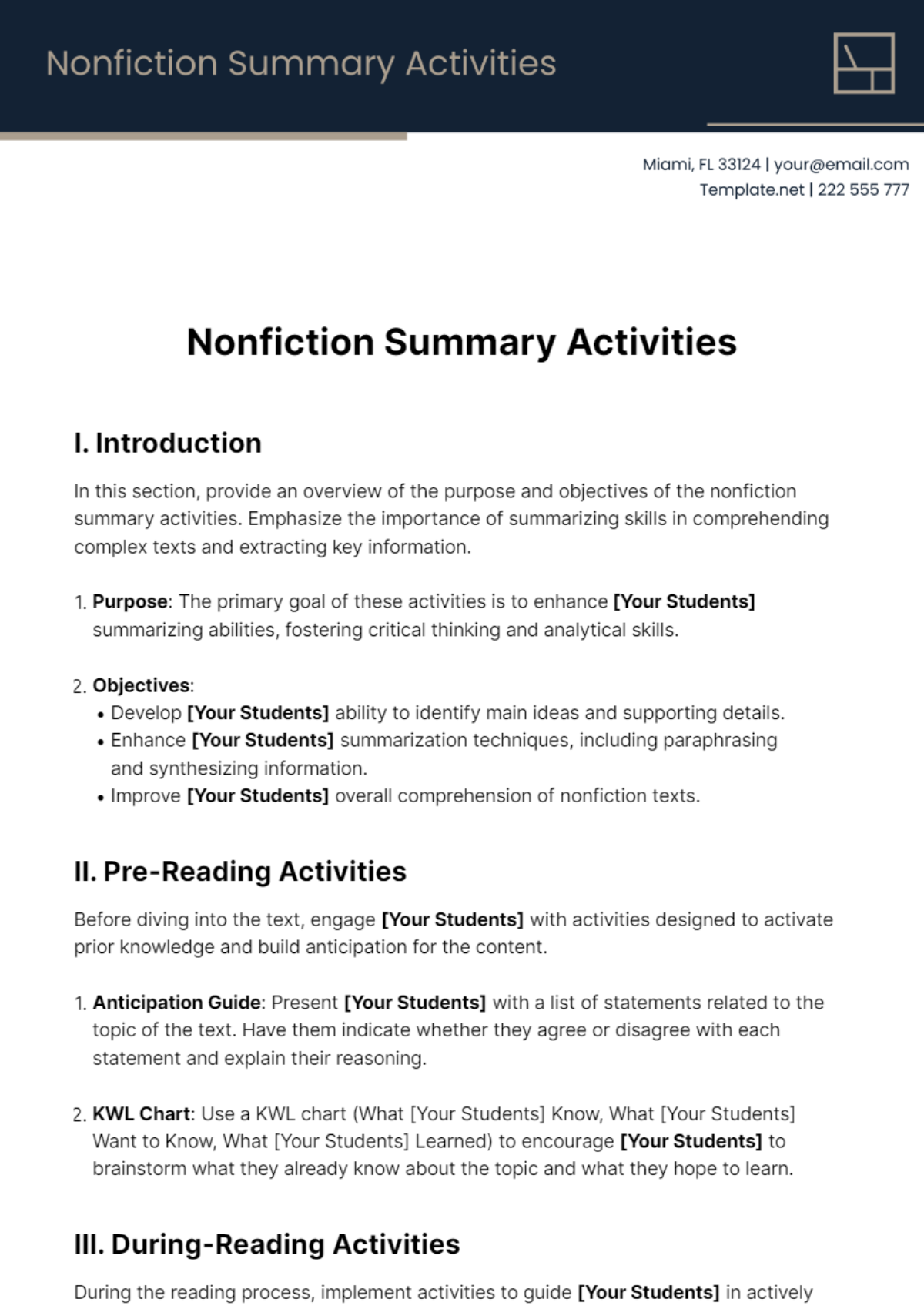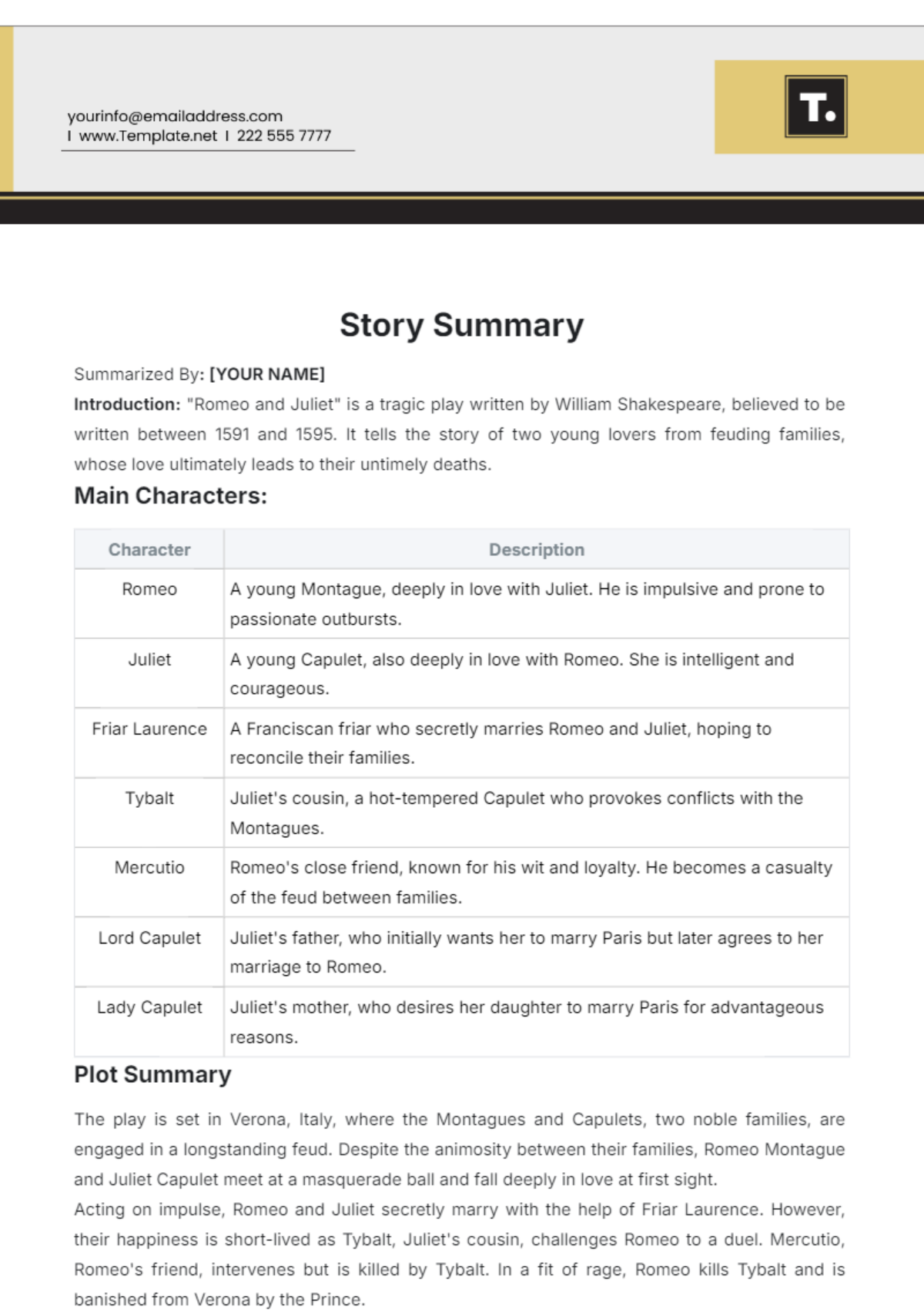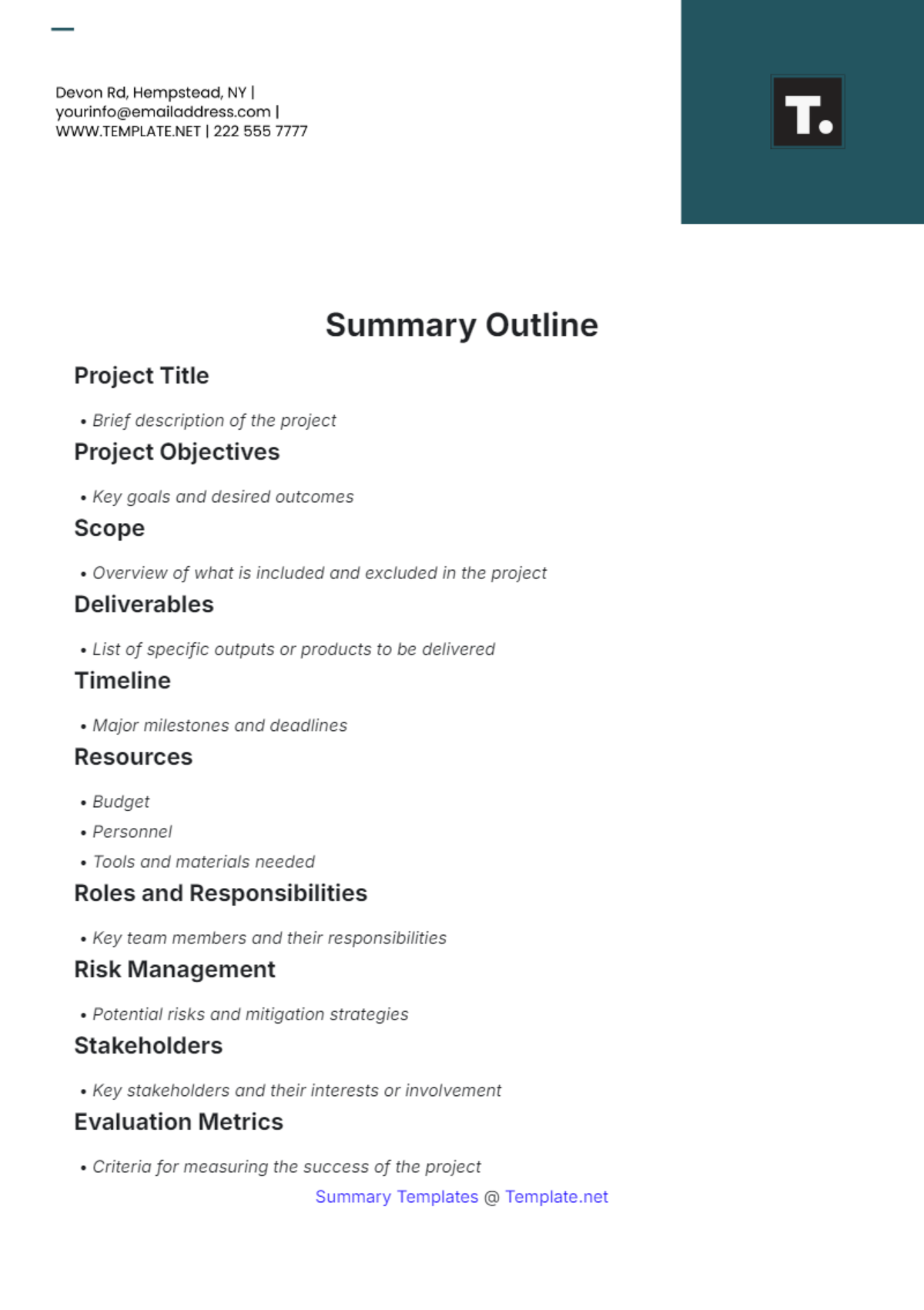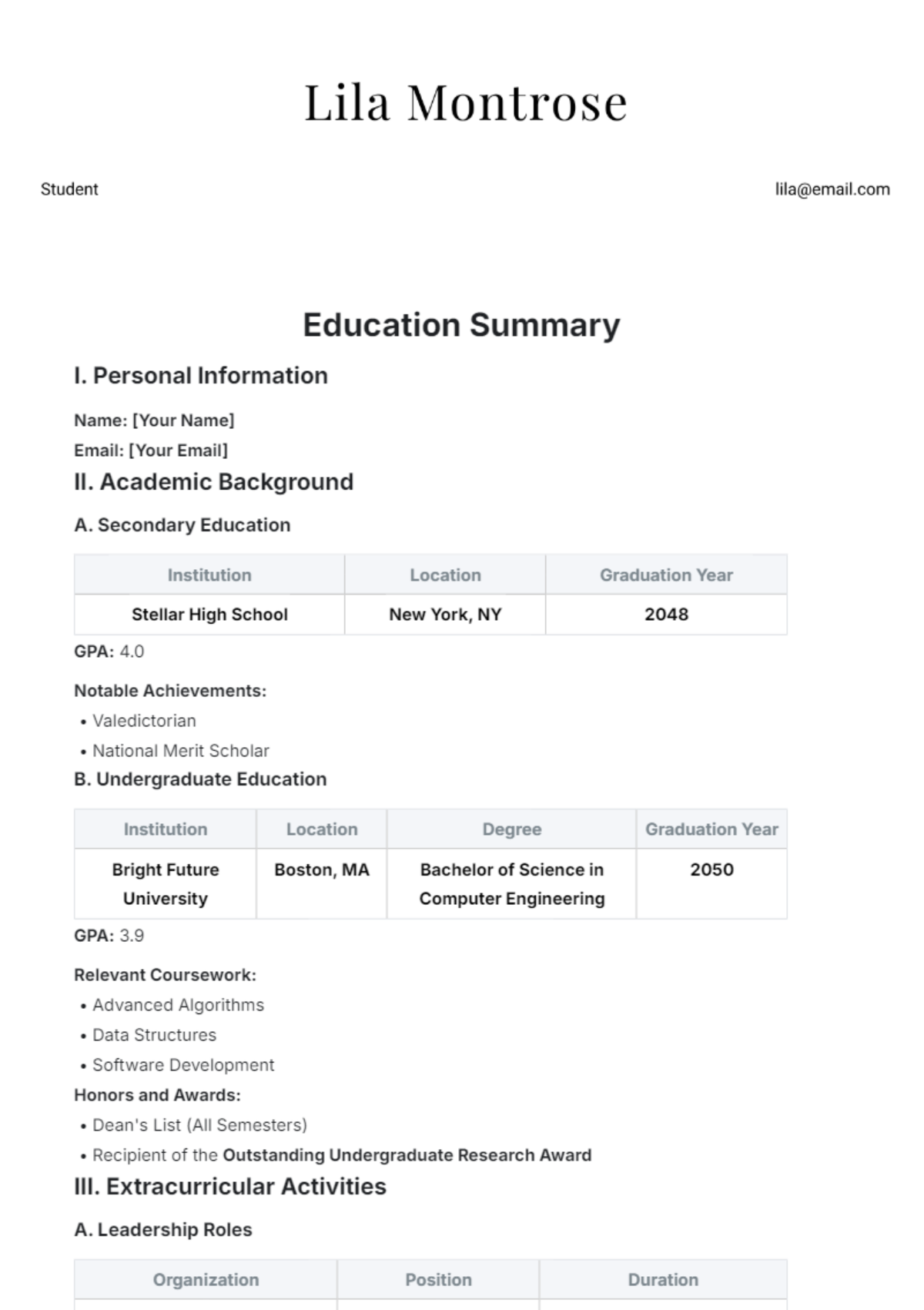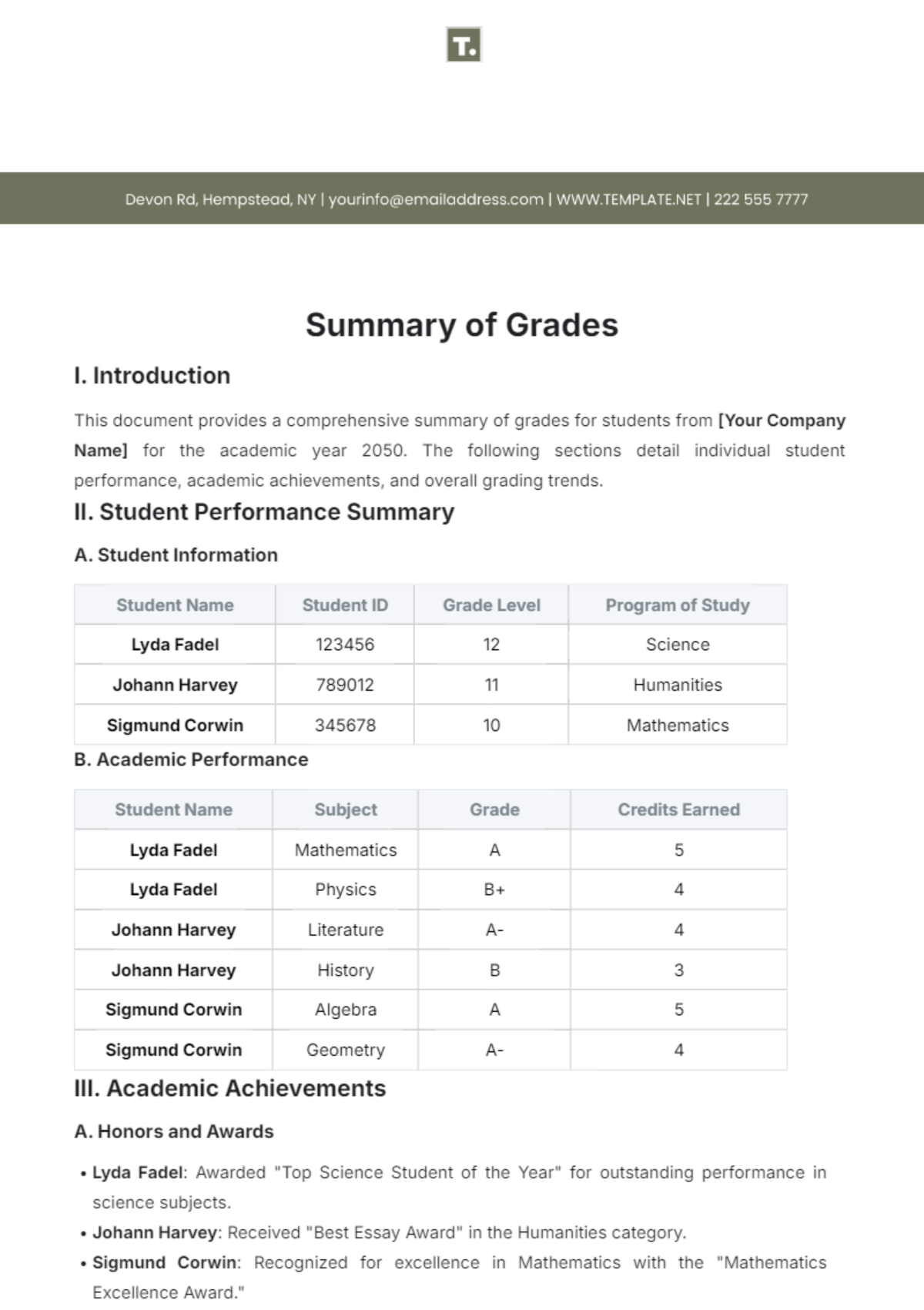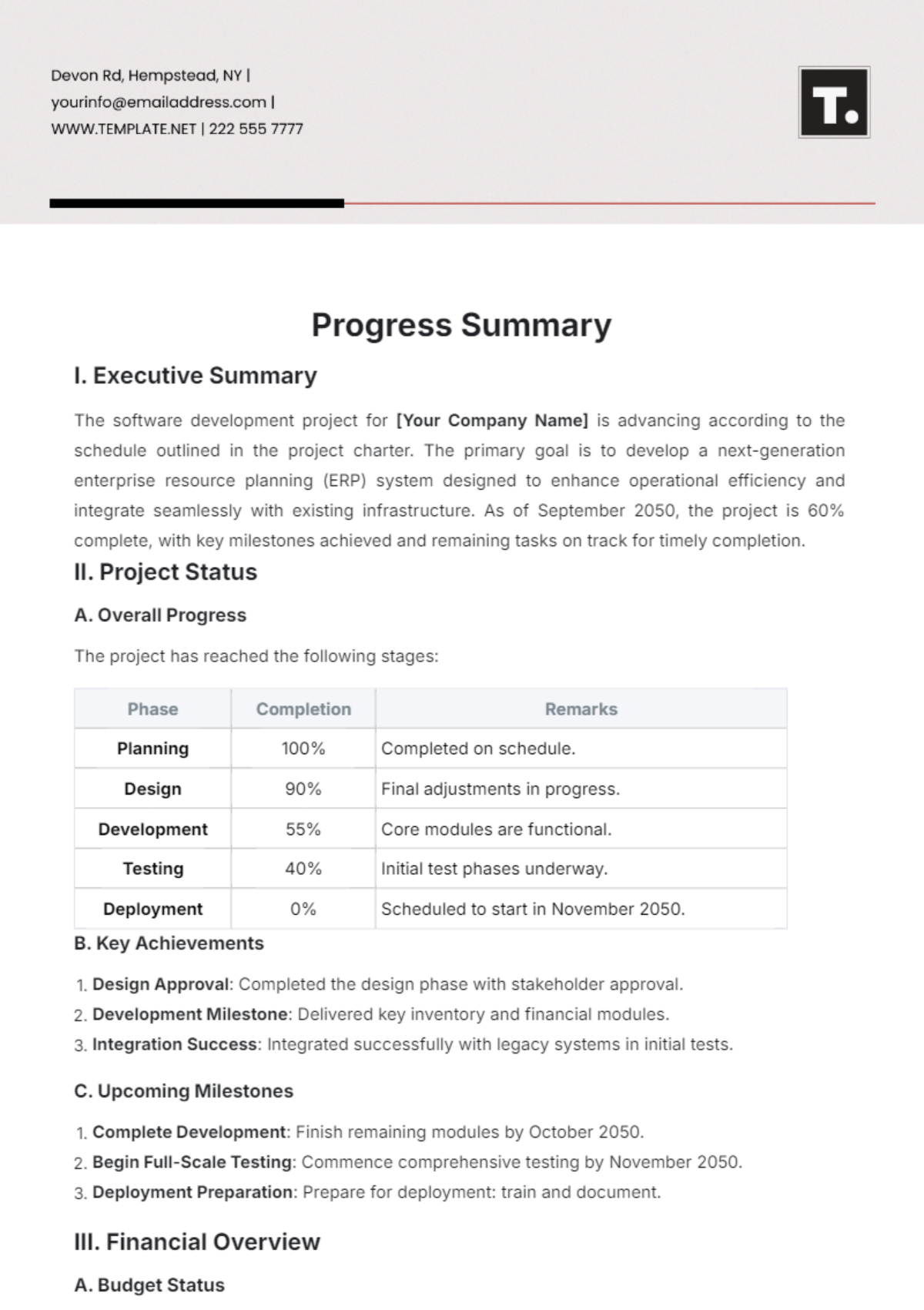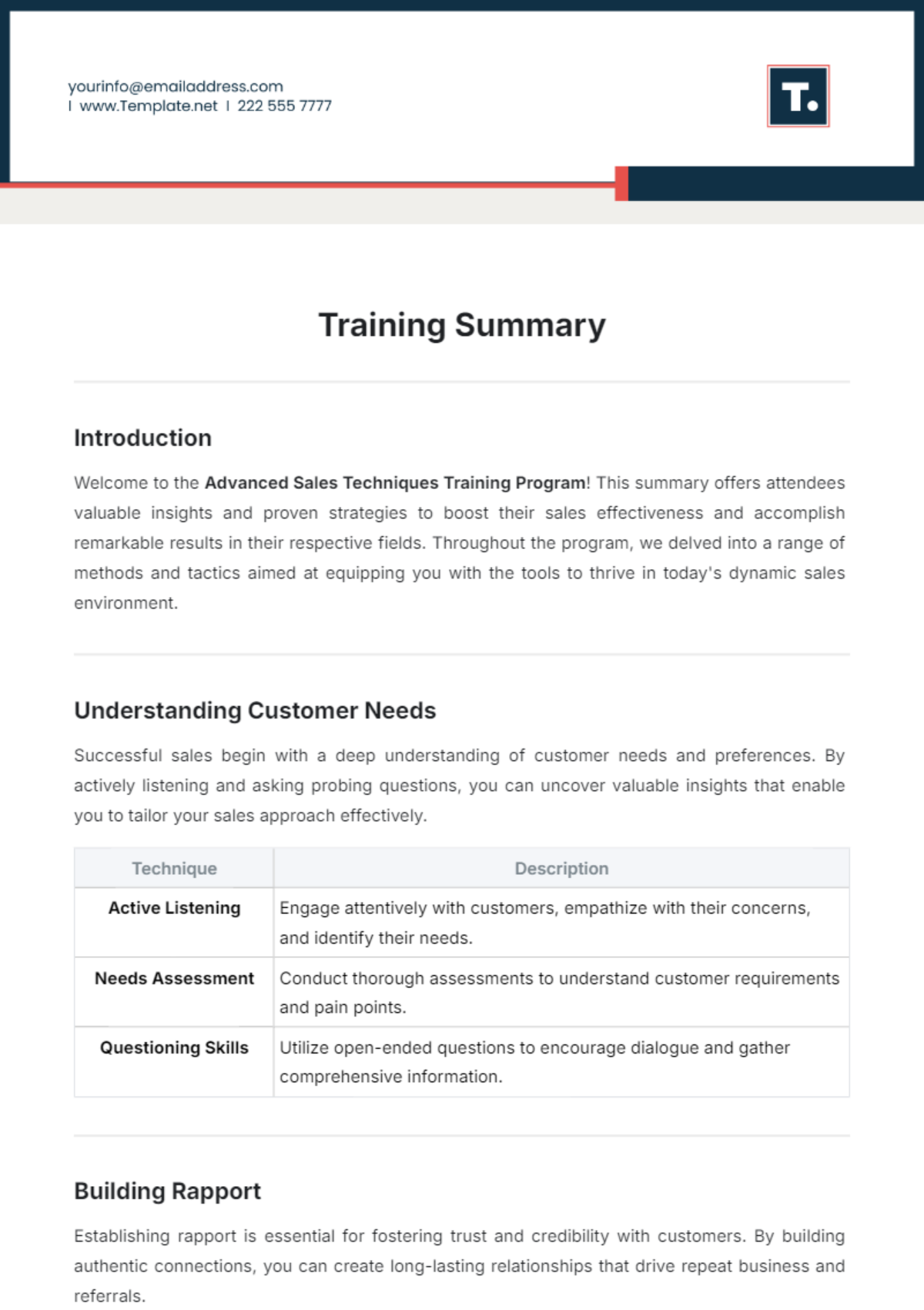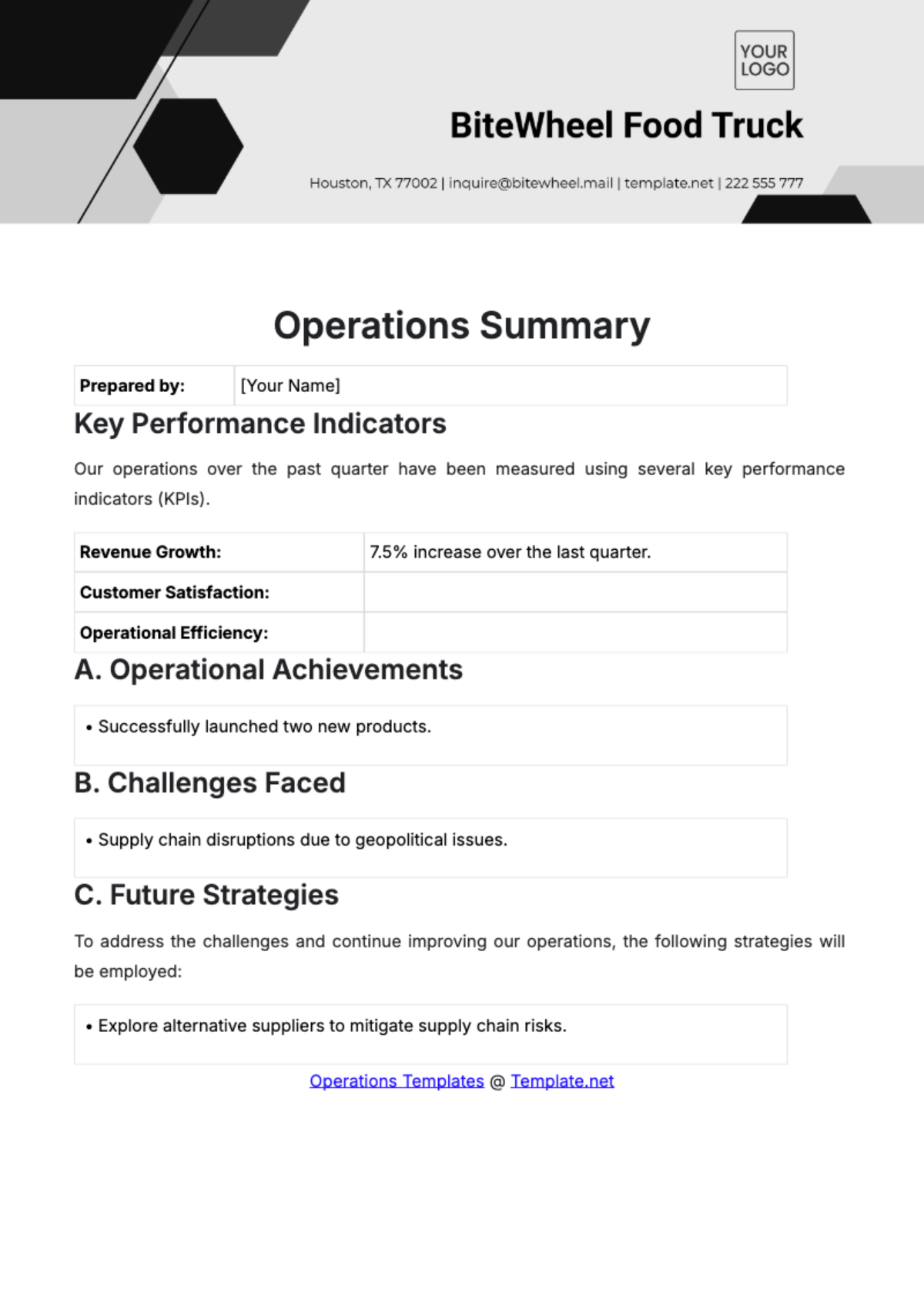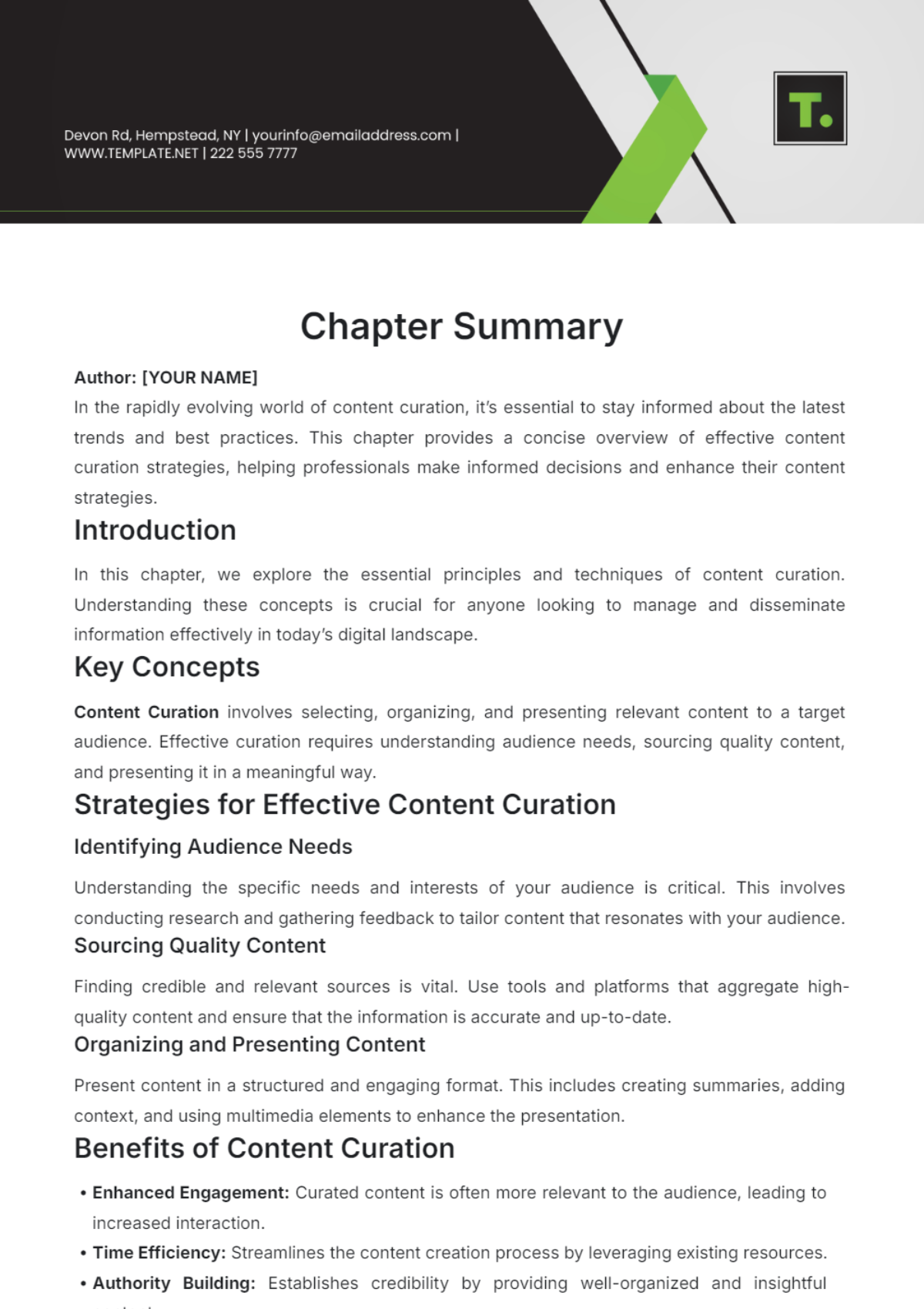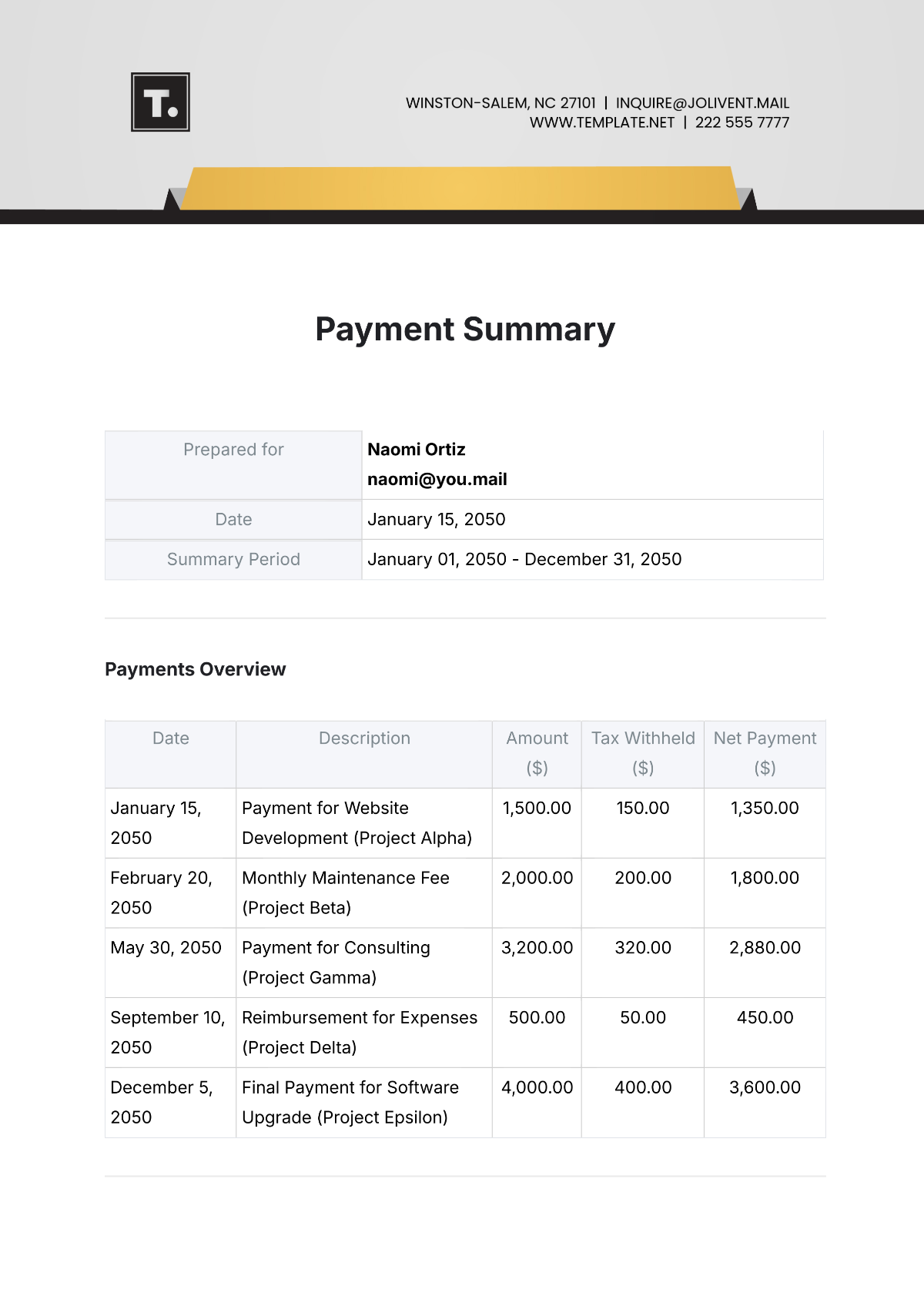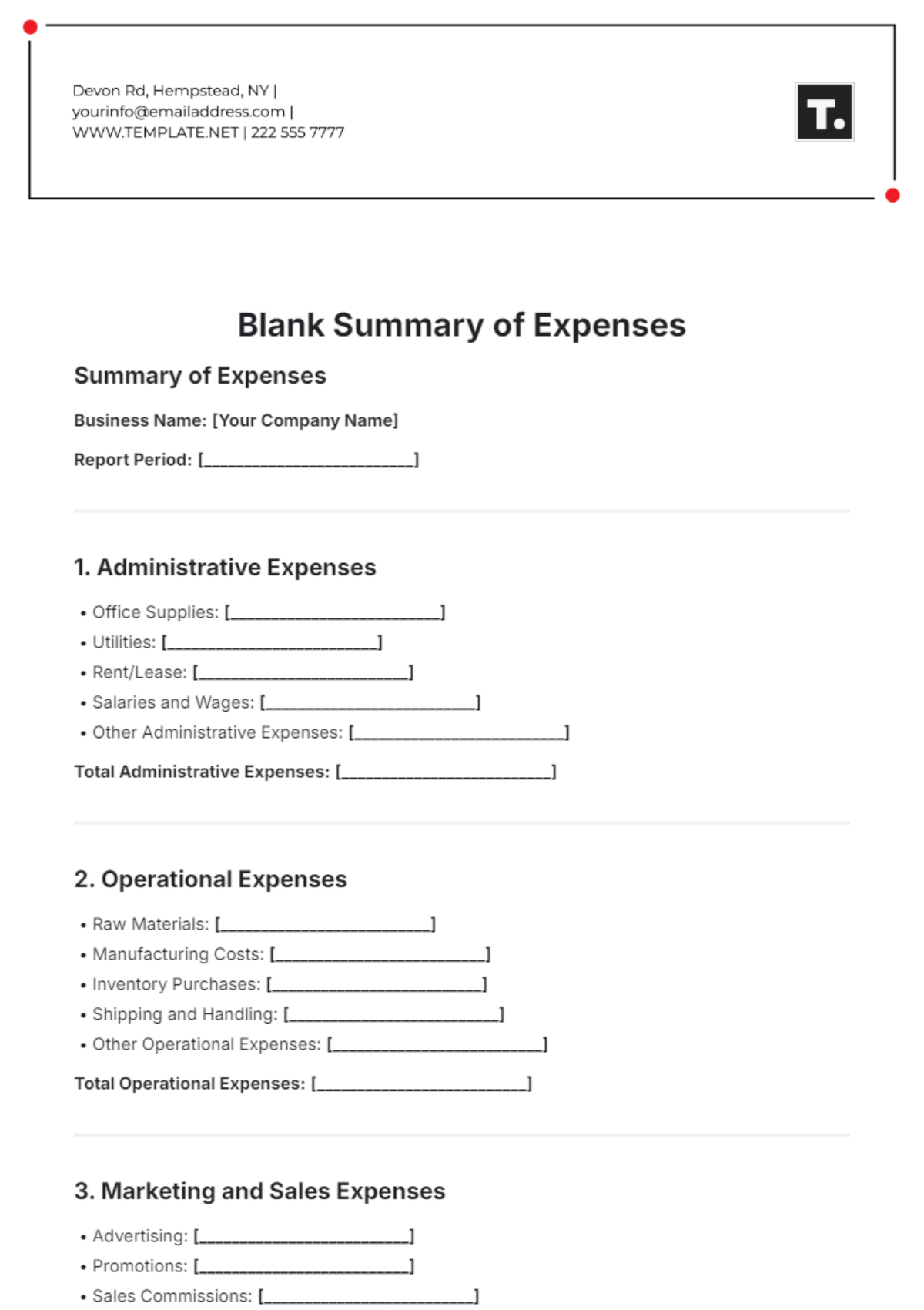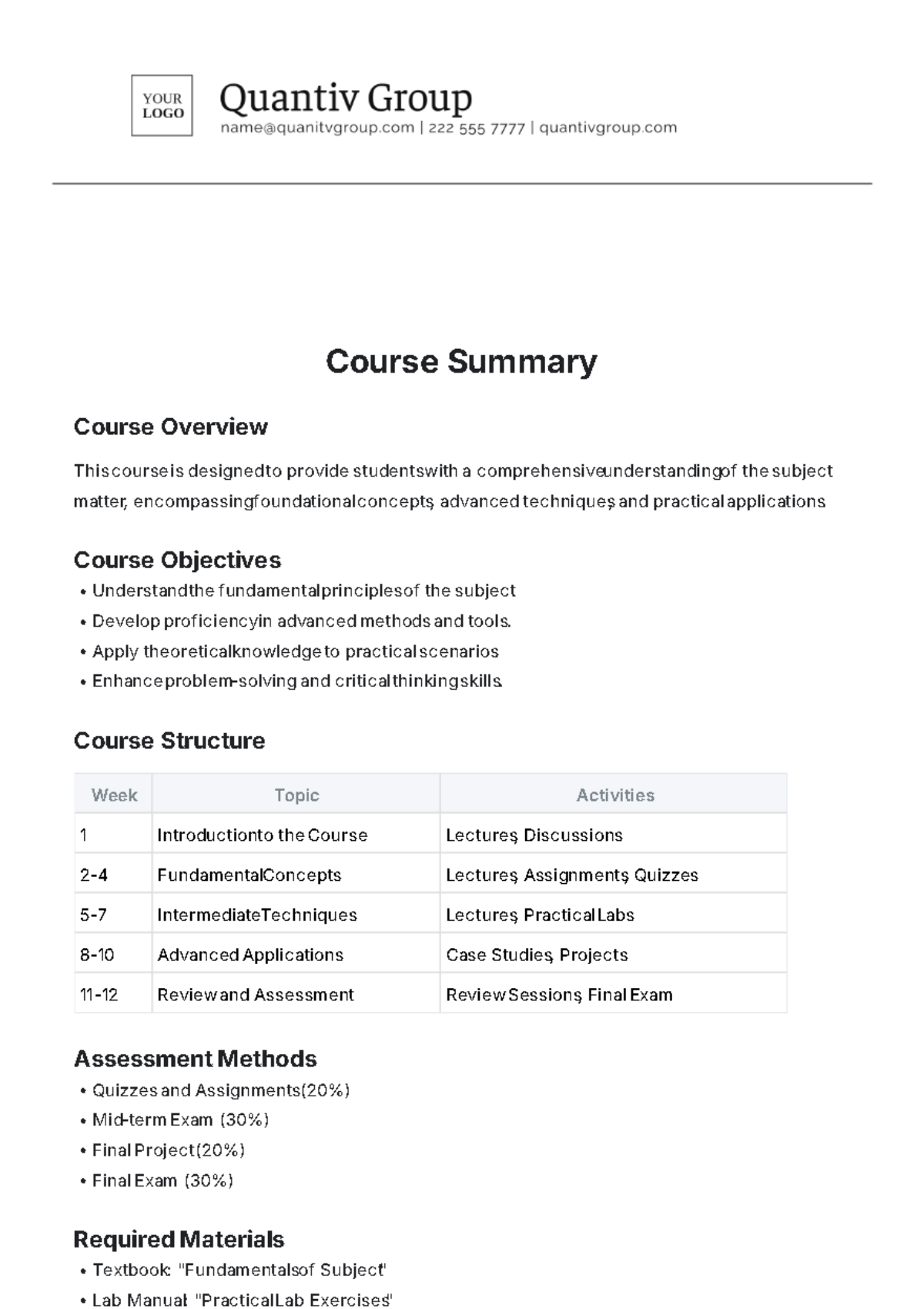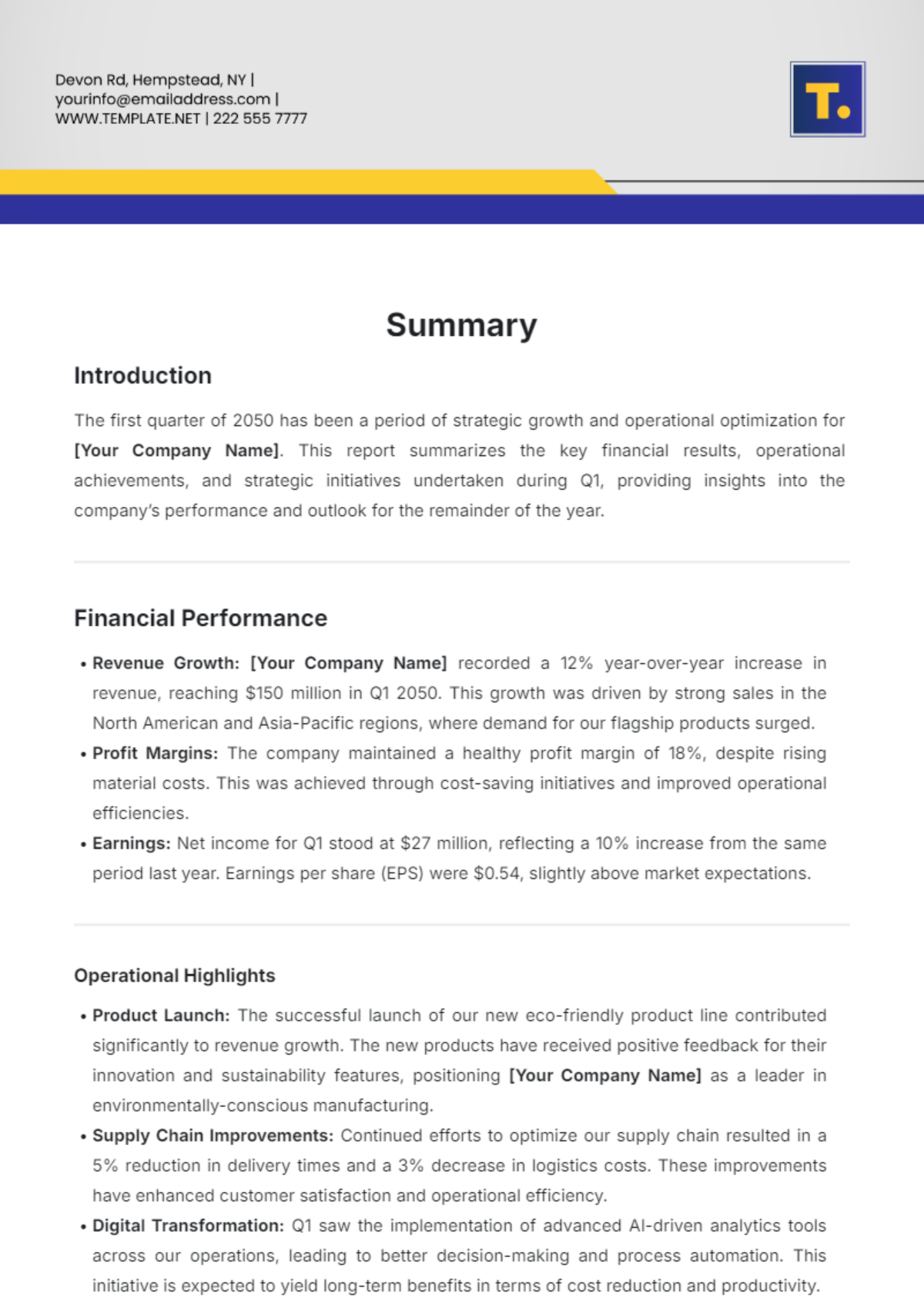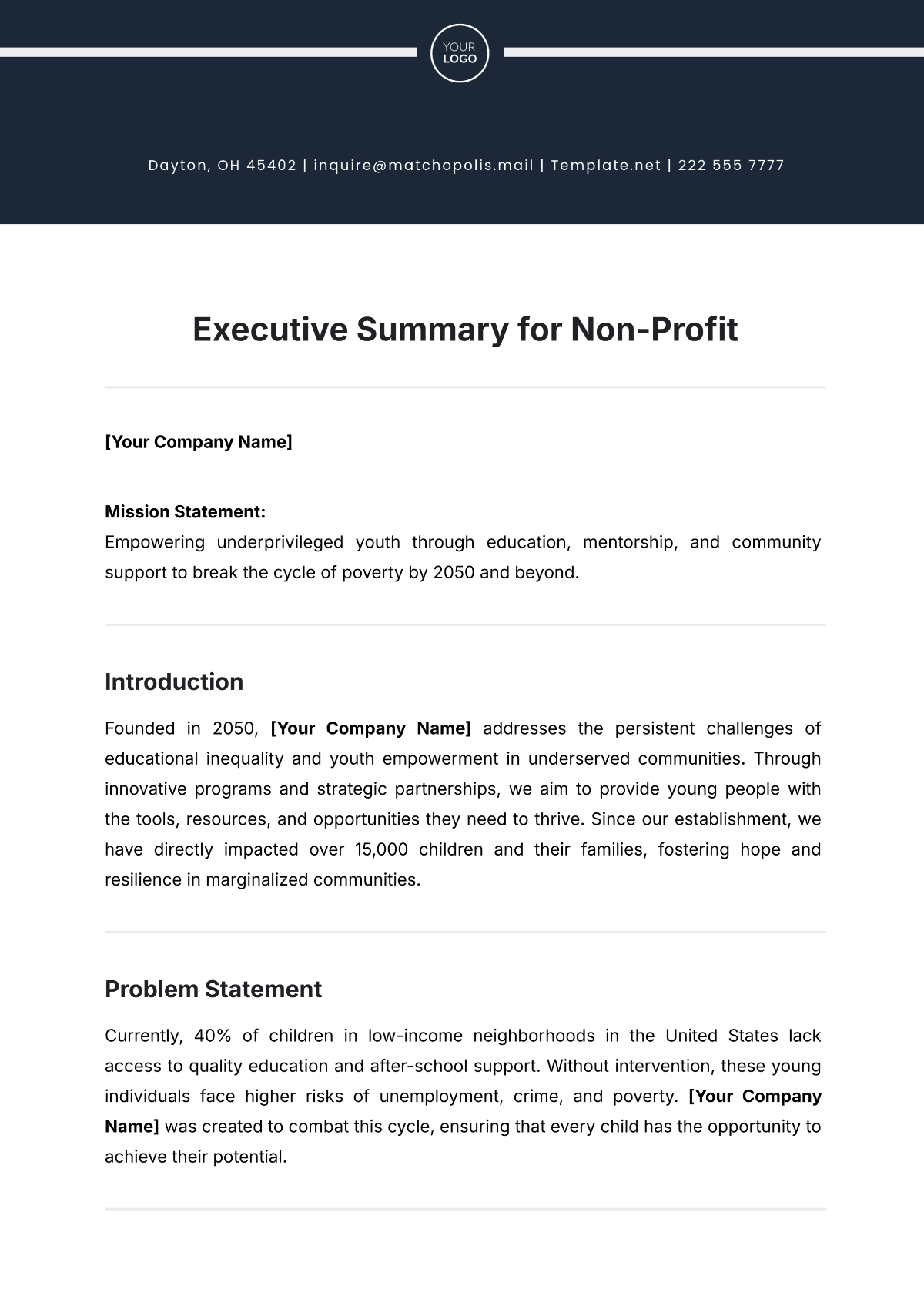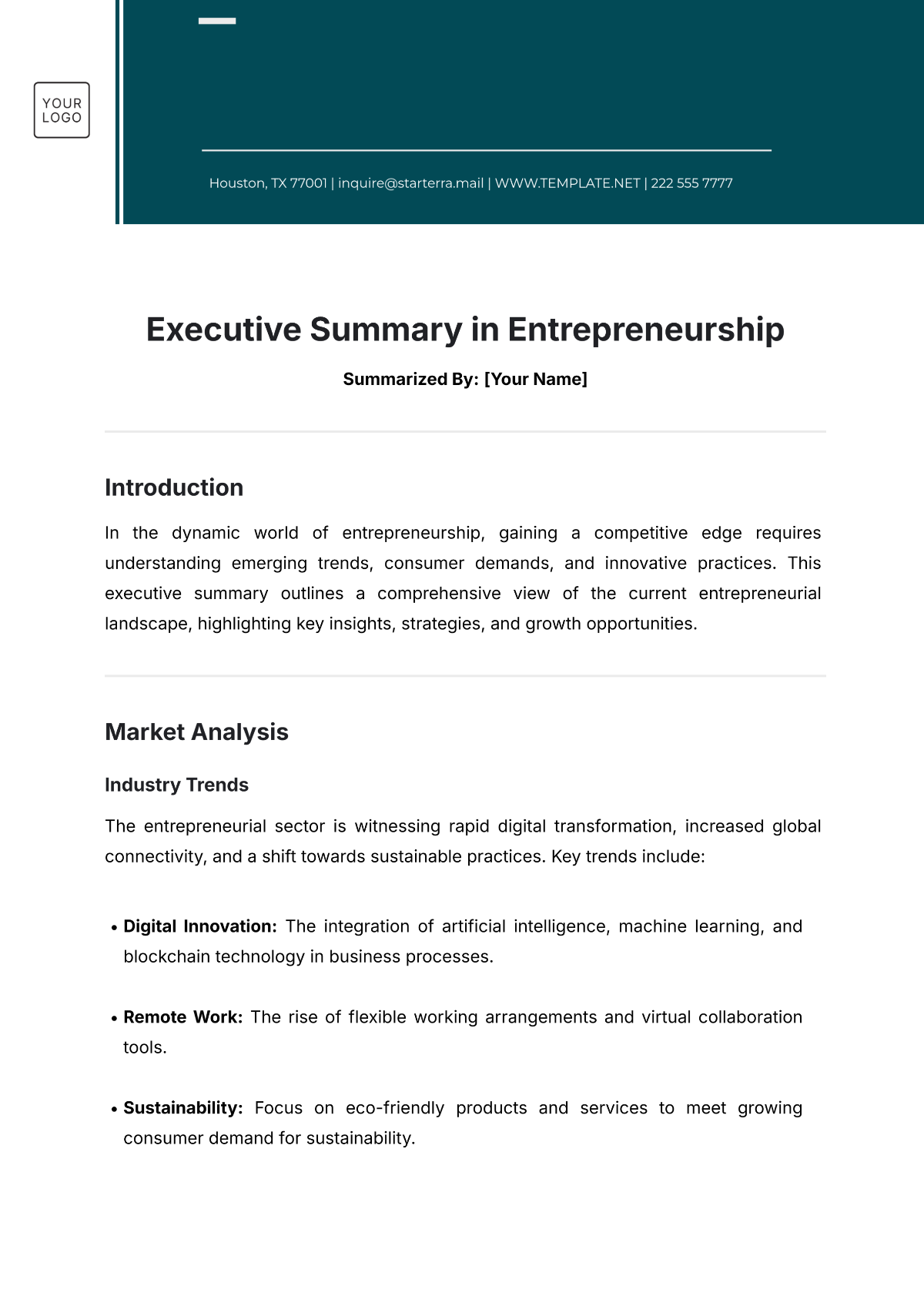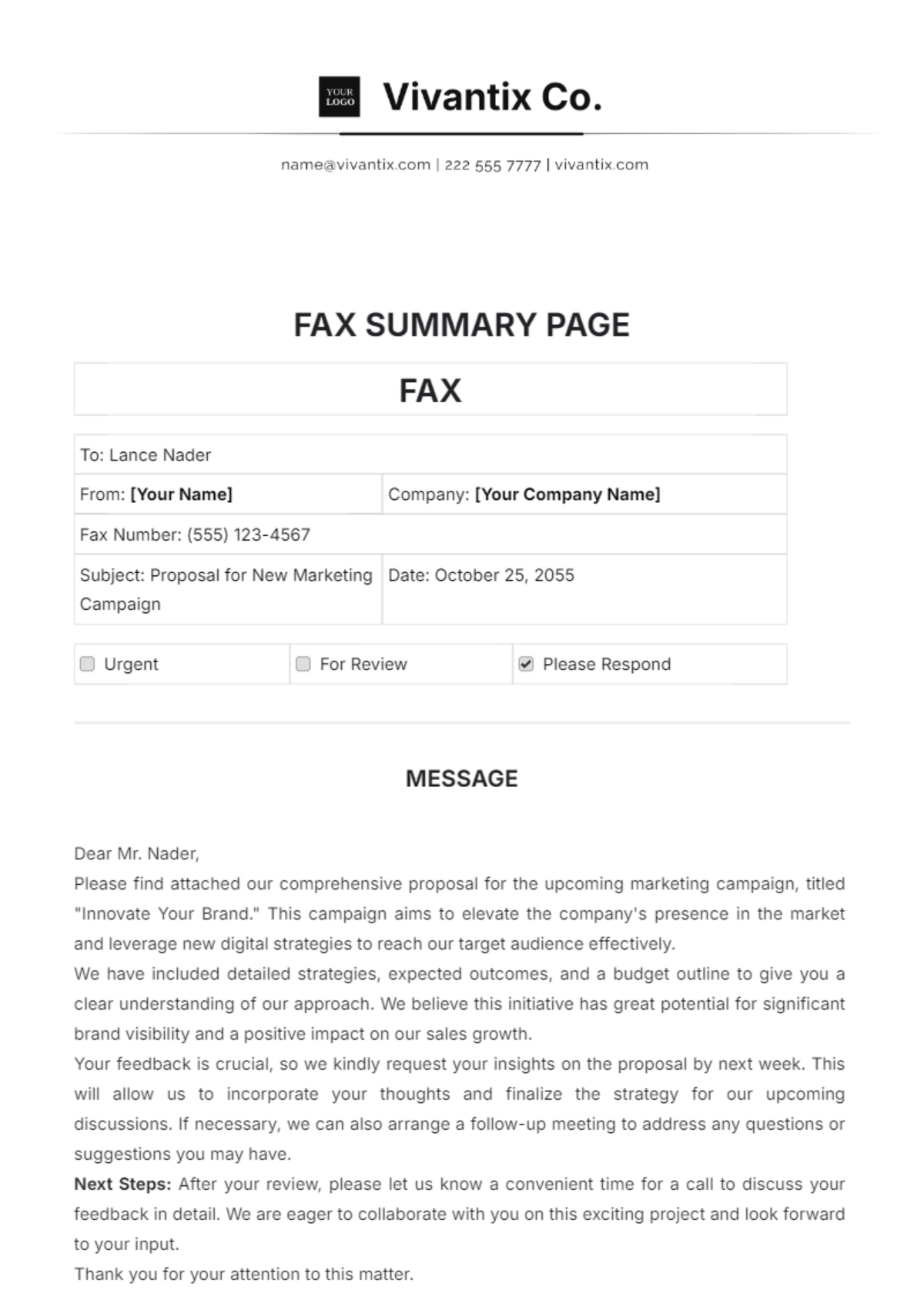Executive Summary for Process Improvement
Prepared by: [YOUR NAME]
[YOUR POSITION]
[YOUR COMPANY NAME]
Date: [DATE]
Introduction:
This executive summary provides a succinct overview of the key aspects of the legal case for [CLIENT'S NAME], represented by [LAW FIRM NAME]. It aims to provide clarity on the case's background, legal arguments, potential outcomes, proposed strategy, risk assessment, and communication plan to ensure informed decision-making by all parties involved.
Case Background:
The case revolves around [BRIEF DESCRIPTION OF CASE], involving [PARTIES INVOLVED] and [NATURE OF DISPUTE]. The central issue at hand is [LEGAL ISSUE OR CLAIM].
Legal Arguments:
The primary legal arguments presented in the case include:
[LEGAL ARGUMENT 1]: [BRIEF DESCRIPTION AND BASIS]
[LEGAL ARGUMENT 2]: [BRIEF DESCRIPTION AND BASIS]
[LEGAL ARGUMENT 3]: [BRIEF DESCRIPTION AND BASIS]
Case Strategy:
The legal team at [LAW FIRM NAME] has devised a strategic approach to the case, which encompasses:
Evidence Gathering: A thorough collection of evidence to support our client's position, including [TYPES OF EVIDENCE].
Legal Research: Exhaustive research into relevant laws, statutes, and precedents to strengthen our arguments.
Litigation Preparation: Comprehensive preparation for litigation, including witness preparation, expert testimony, and courtroom strategies.
Negotiation Tactics: Strategic negotiation techniques aimed at achieving favorable settlements or resolutions.
Risk Assessment: Careful evaluation of potential risks and uncertainties associated with the case.
Potential Outcomes:
The potential outcomes of the case include:
Favorable Judgment: A court ruling in favor of our client, resulting in [EXPECTED OUTCOME].
Settlement Agreement: Negotiated settlement terms that align with our client's objectives.
Appeal Process: Potential appeals or further legal proceedings, if necessary.
Alternative Dispute Resolution: Consideration of alternative dispute resolution methods, such as mediation or arbitration.
Risk Assessment:
The legal team has conducted a thorough risk assessment to identify potential challenges and uncertainties in the case, including:
Legal Precedents: Analysis of relevant case law and legal precedents that may impact the outcome.
Evidence Strength: Evaluation of the strength of the evidence supporting the client's claims or defenses.
Opposing Counsel Strategy: Anticipation of opposing counsel's arguments and tactics during litigation.
Regulatory Compliance: Assessment of regulatory compliance issues that may affect the case's resolution.
Client Communication Plan:
Effective communication with the client is essential throughout the legal process. The legal team is committed to:
Providing regular updates on case developments and progress.
Addressing any questions or concerns promptly and transparently.
Collaborating closely with the client to ensure alignment with their goals and objectives.
Conclusion:
In conclusion, [LAW FIRM NAME] is fully committed to vigorously advocating for [CLIENT'S NAME] and achieving a favorable resolution to the legal matter at hand. With our expertise, dedication, and strategic approach, we are confident in our ability to navigate the complexities of this case and secure the best possible outcome for our client.

